Moths of the Lower Rio Grande Valley
Less Common, but Regular Moths
Crambids
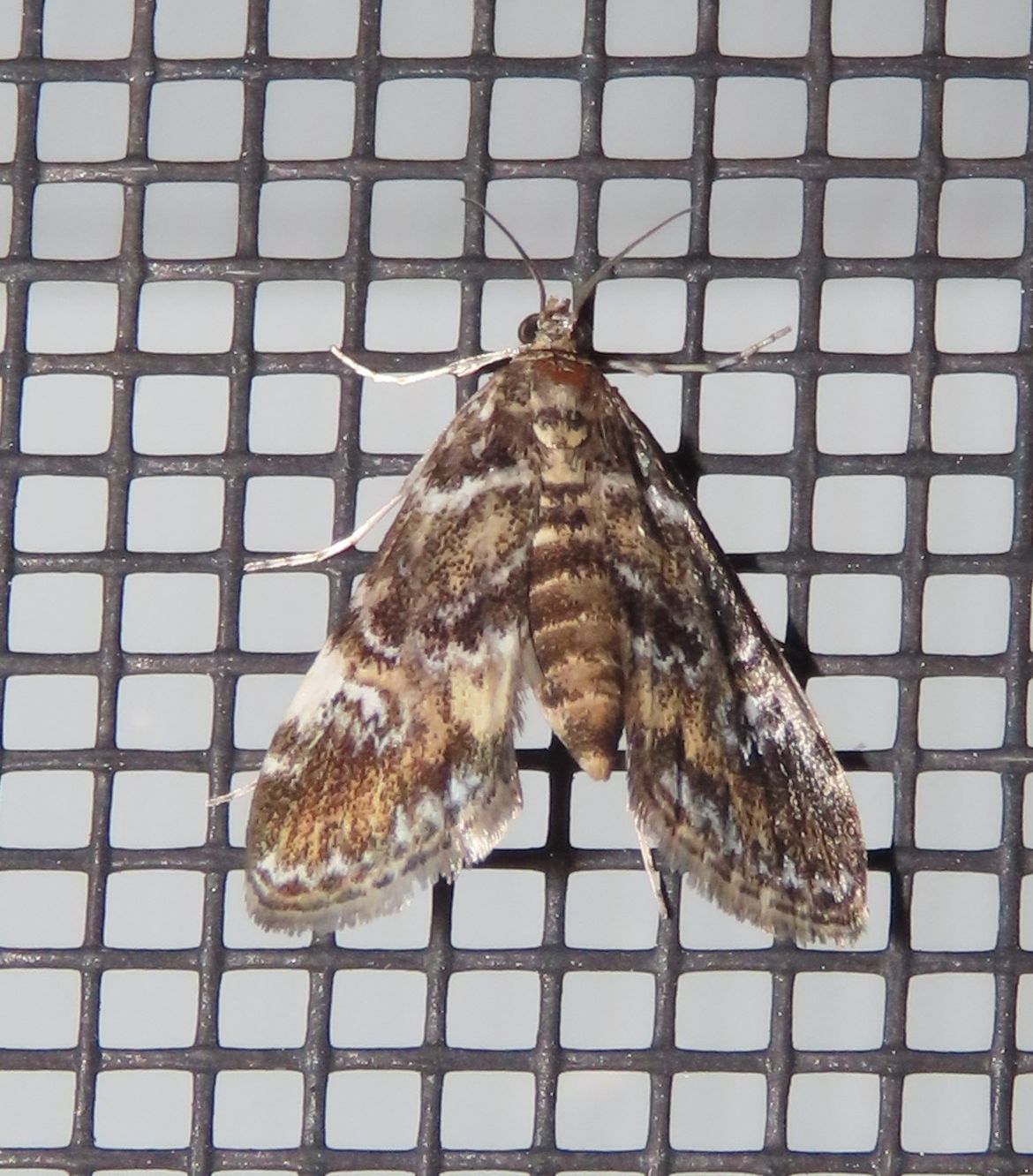
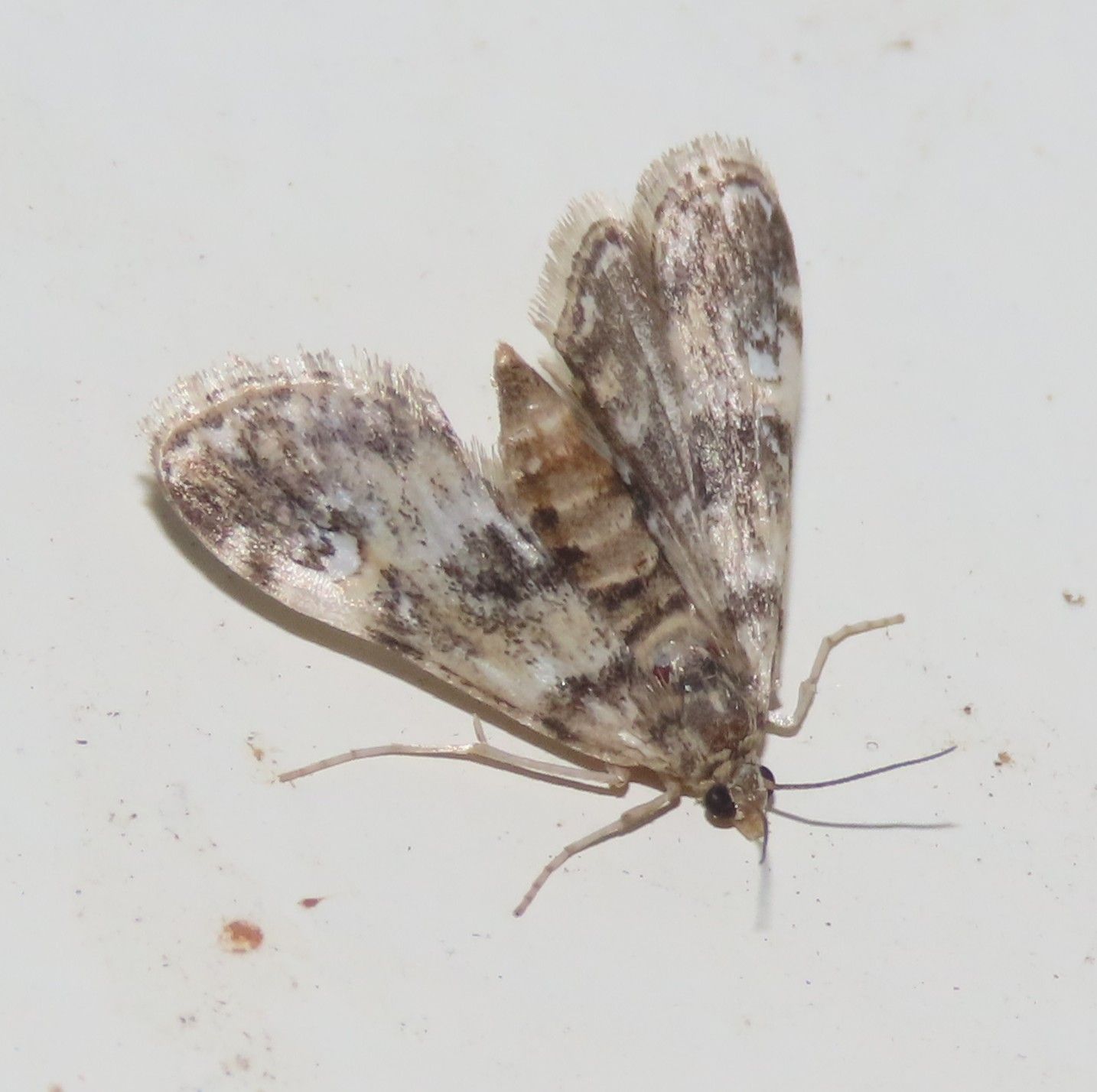
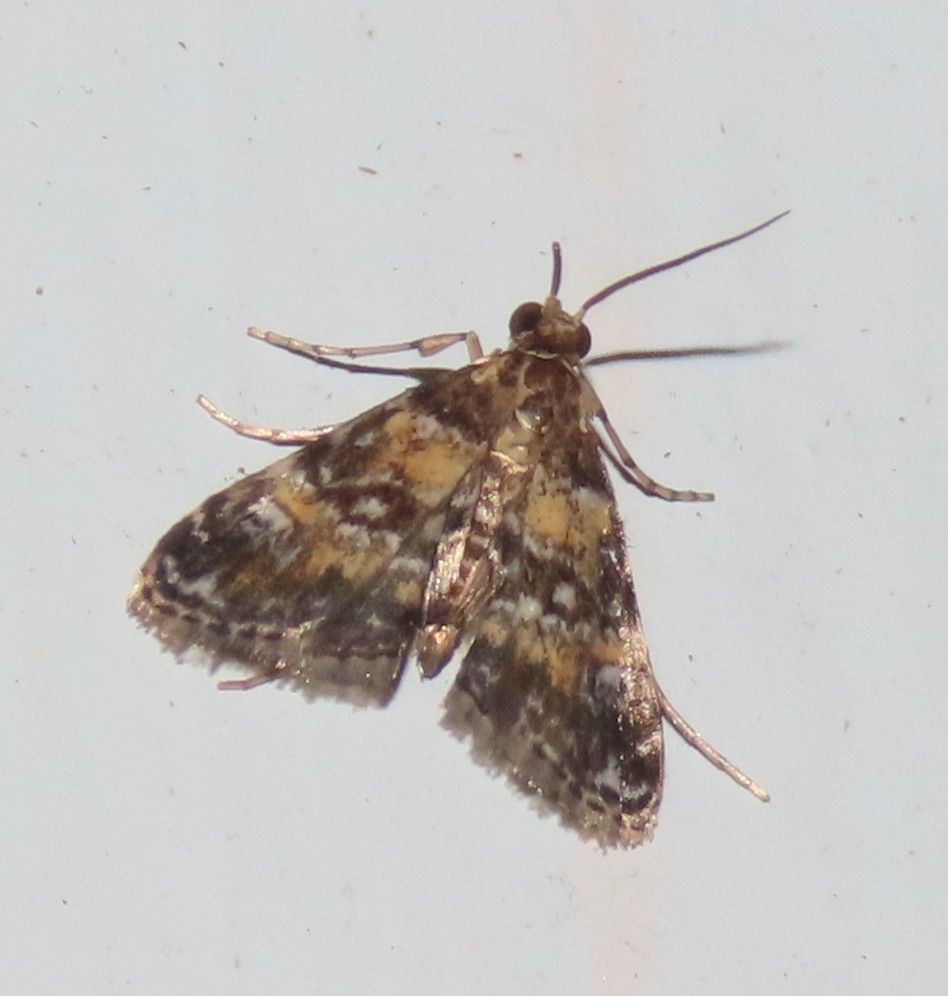
Waterlily Leafcutter (Elophila obliteralis)
This small, mottled brown moth has jagged, white ST and PM lines, plus a white reniform spot that bleeds onto the costa. While the bug on the left is typical, some can show wide whitish or rusty AM and PM bands. The white bands on the brown abdomen can be useful ID clues. Recorded July to May.
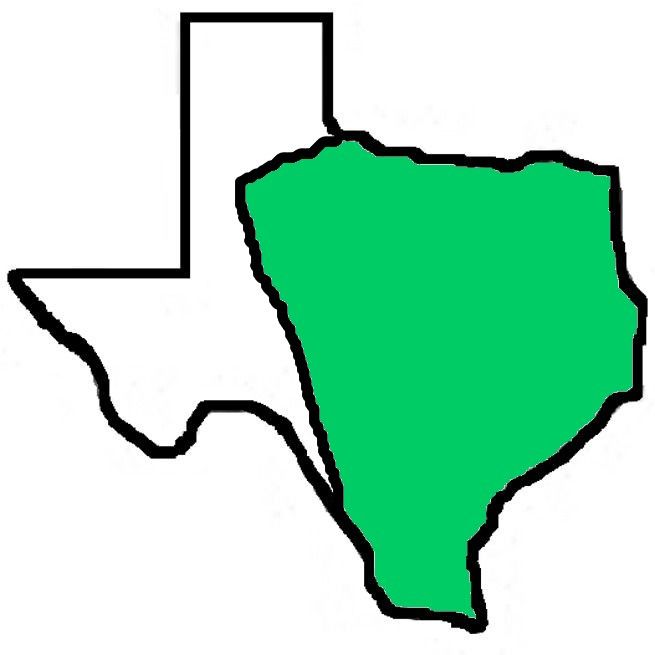
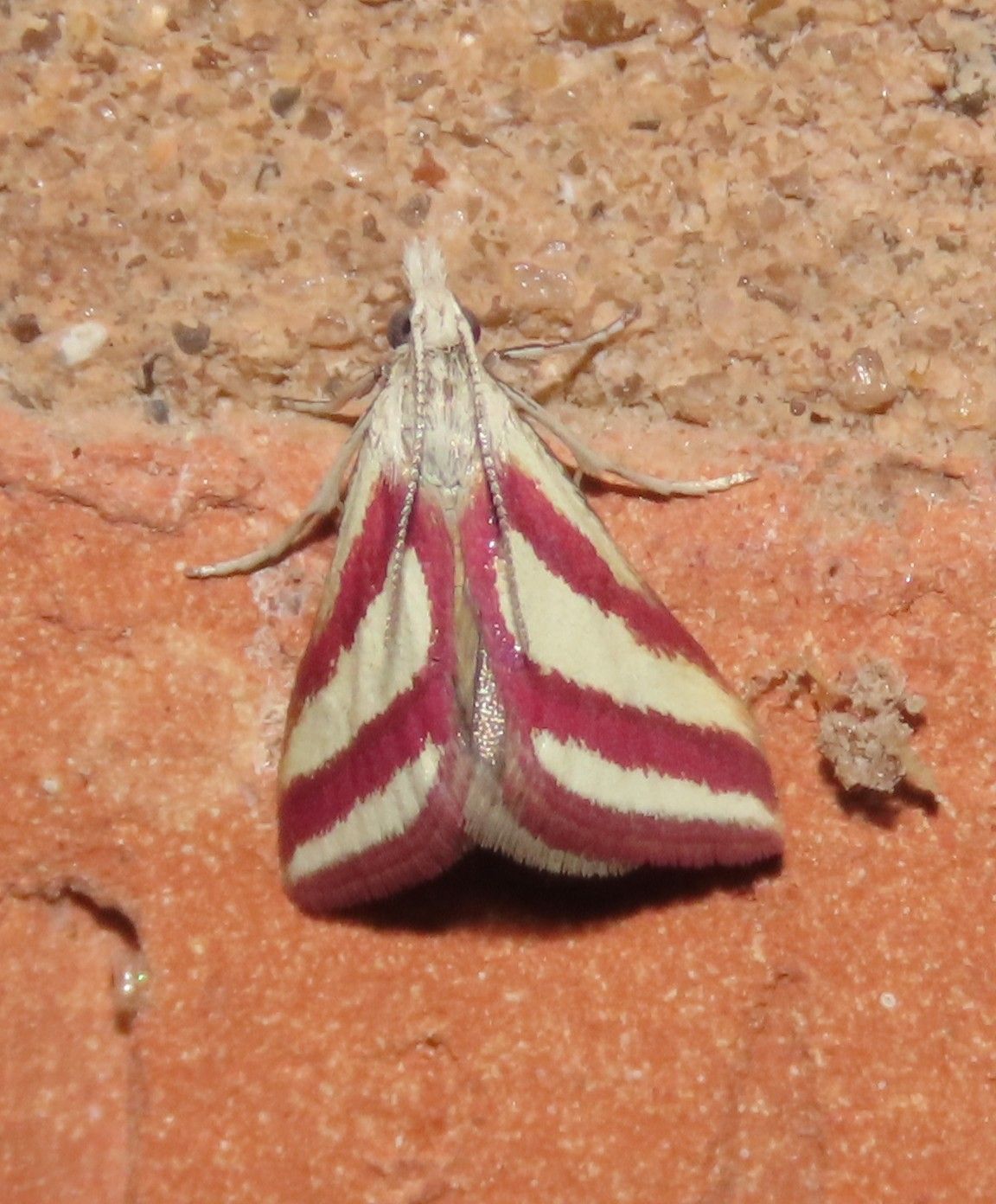
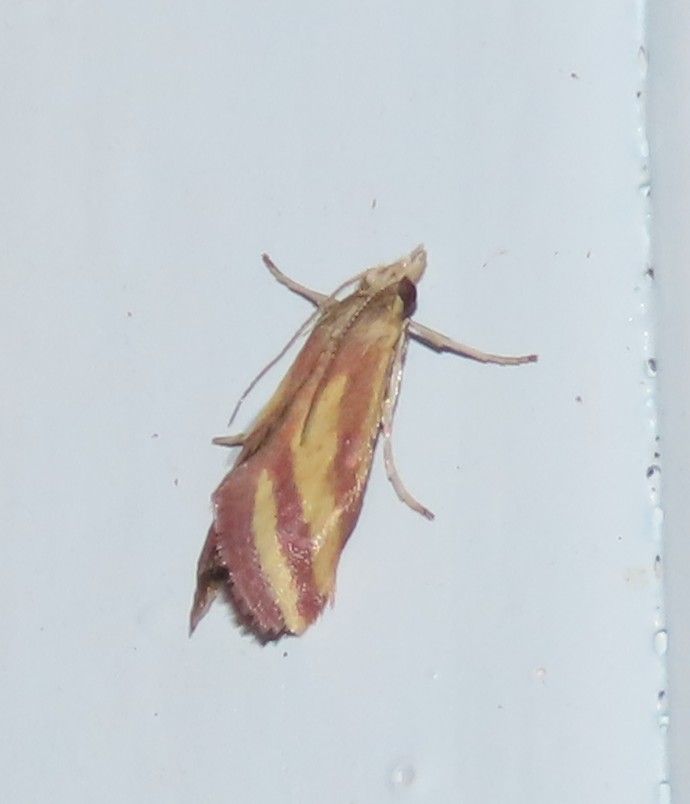

Whip-marked Snout Moth (Microtheoris vibicalis)
Unmistakable small white moth with bright pink stripes, as though "whipped". Some individuals are more yellow than white. Recorded March - April and August - November, with records in June.

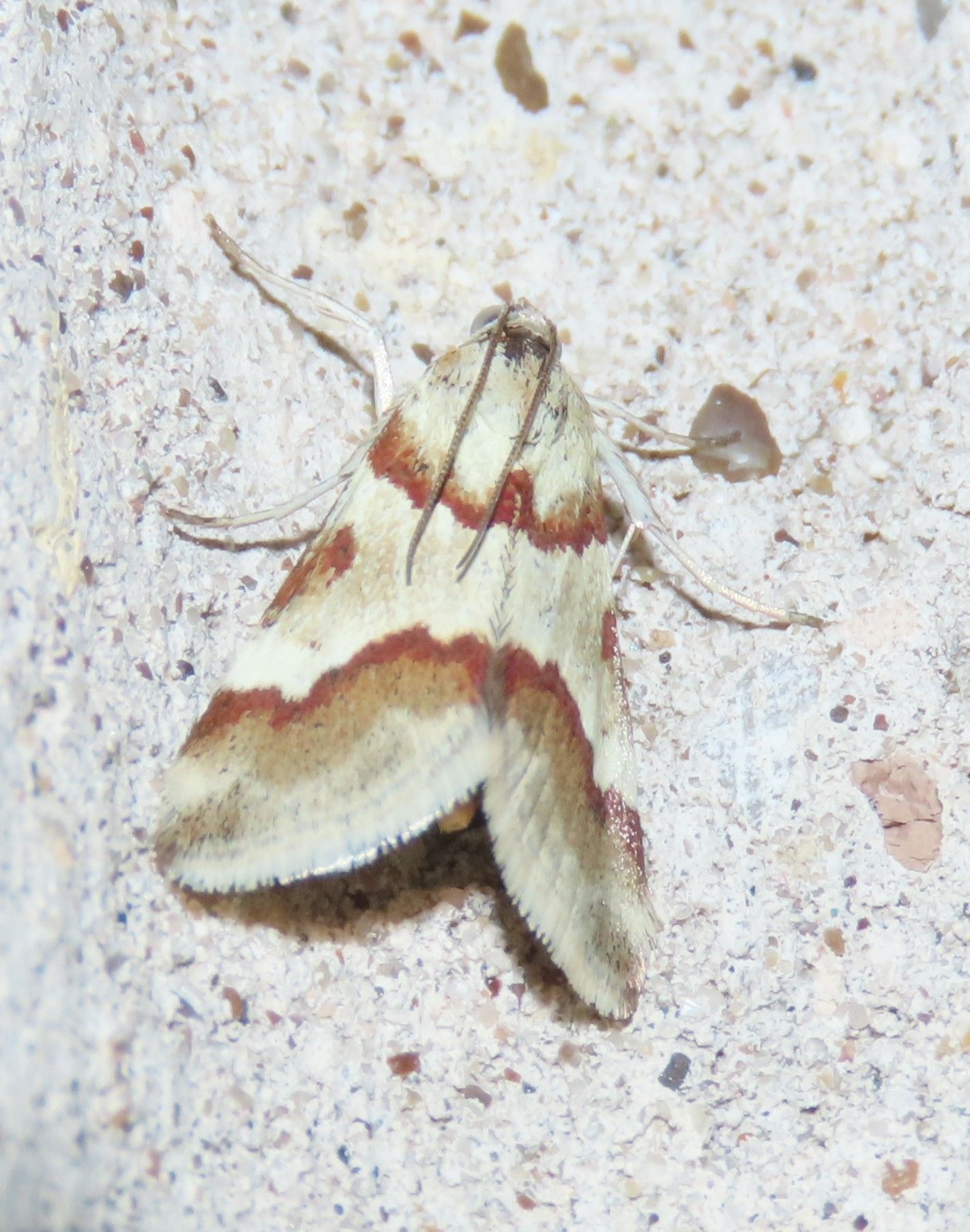

Rufous-banded Crambid (Mimoschinia rufofascialis)
Superficially similar to the Whip-marked, but with a "banded" look as opposed to a "striped" look, with a rufous spot on the costa. These bands are also more rusty than pink. Sporadically recorded March - May and October - January, with records in July.

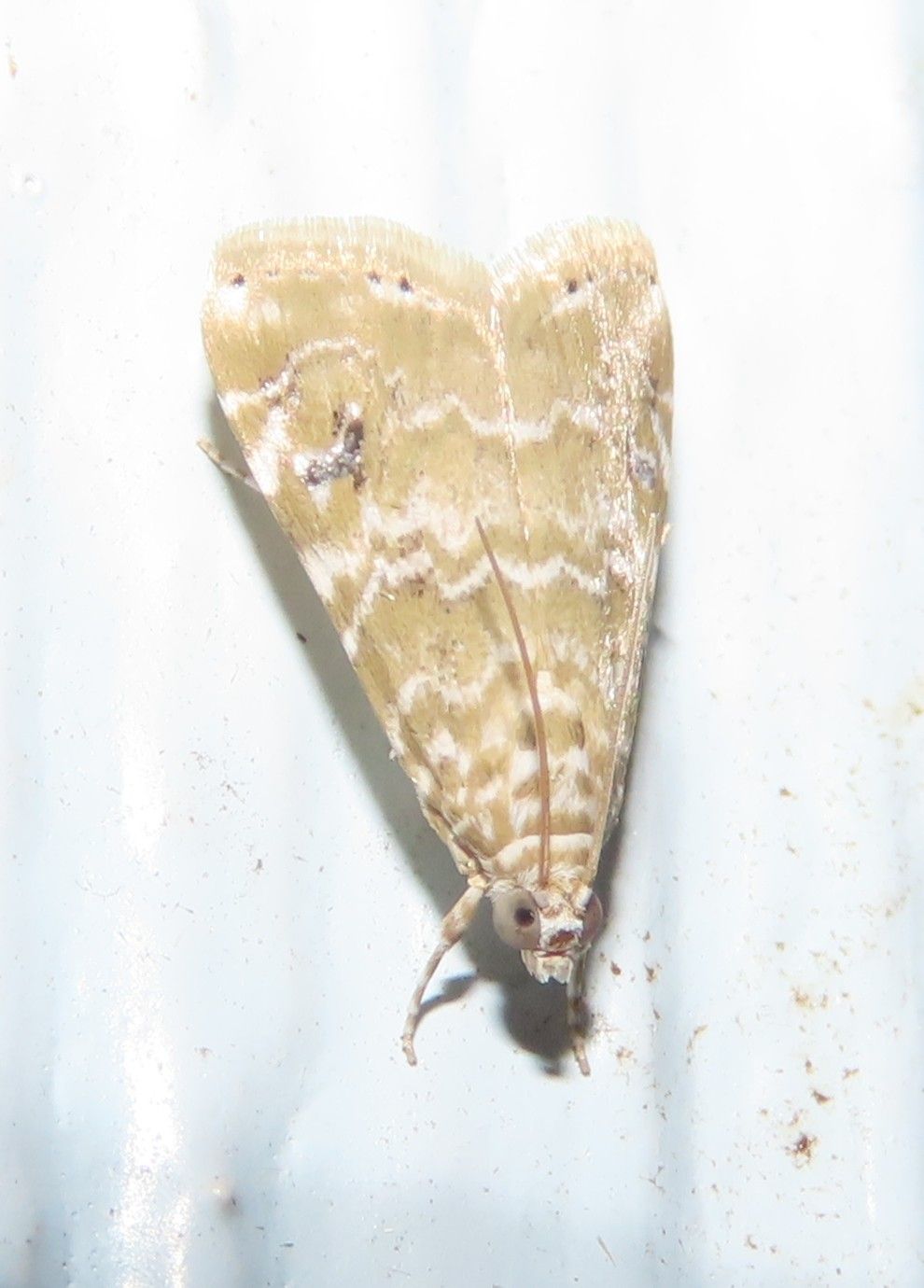
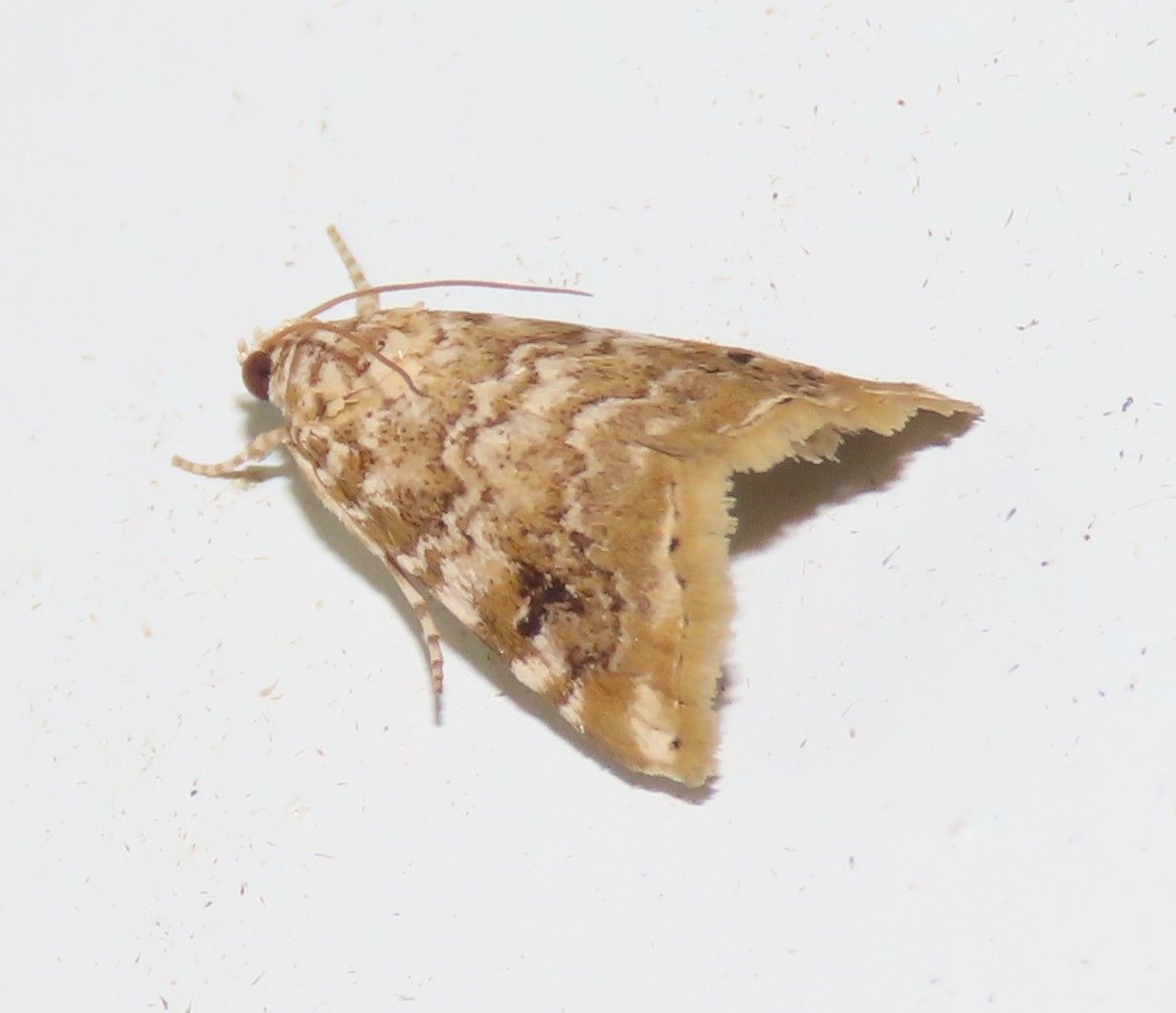
Cabbage Budworm (Hellula phidilealis)
A small, straw-colored, arrow-shaped moth with multiple wavy white lines and a darker, bean-shaped reniform spot. Best told from the very similar Cabbage Webworm (Hellula rogatalis) by the pattern of spotting on the ST line: the Budworm shows a tiny black spot near the apex, and two more near the inner margin, whereas in the Webworm the entire ST line consists of dark dashes. Recorded August to January, and March to June.
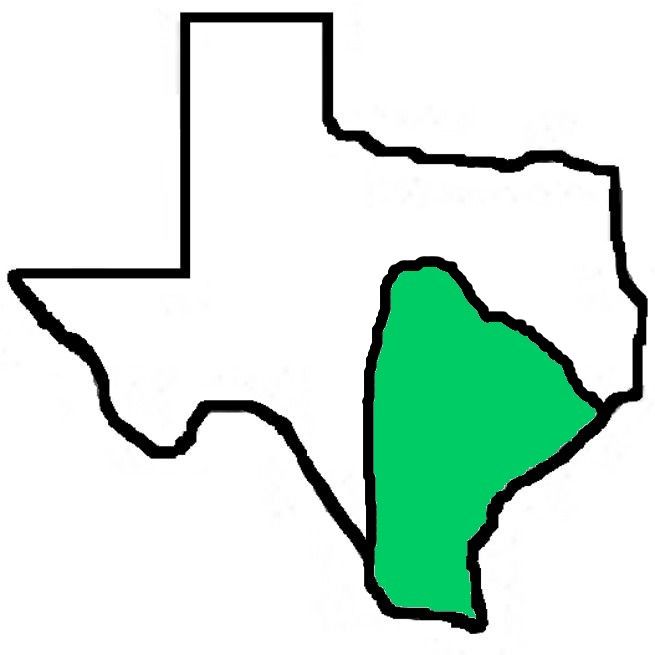
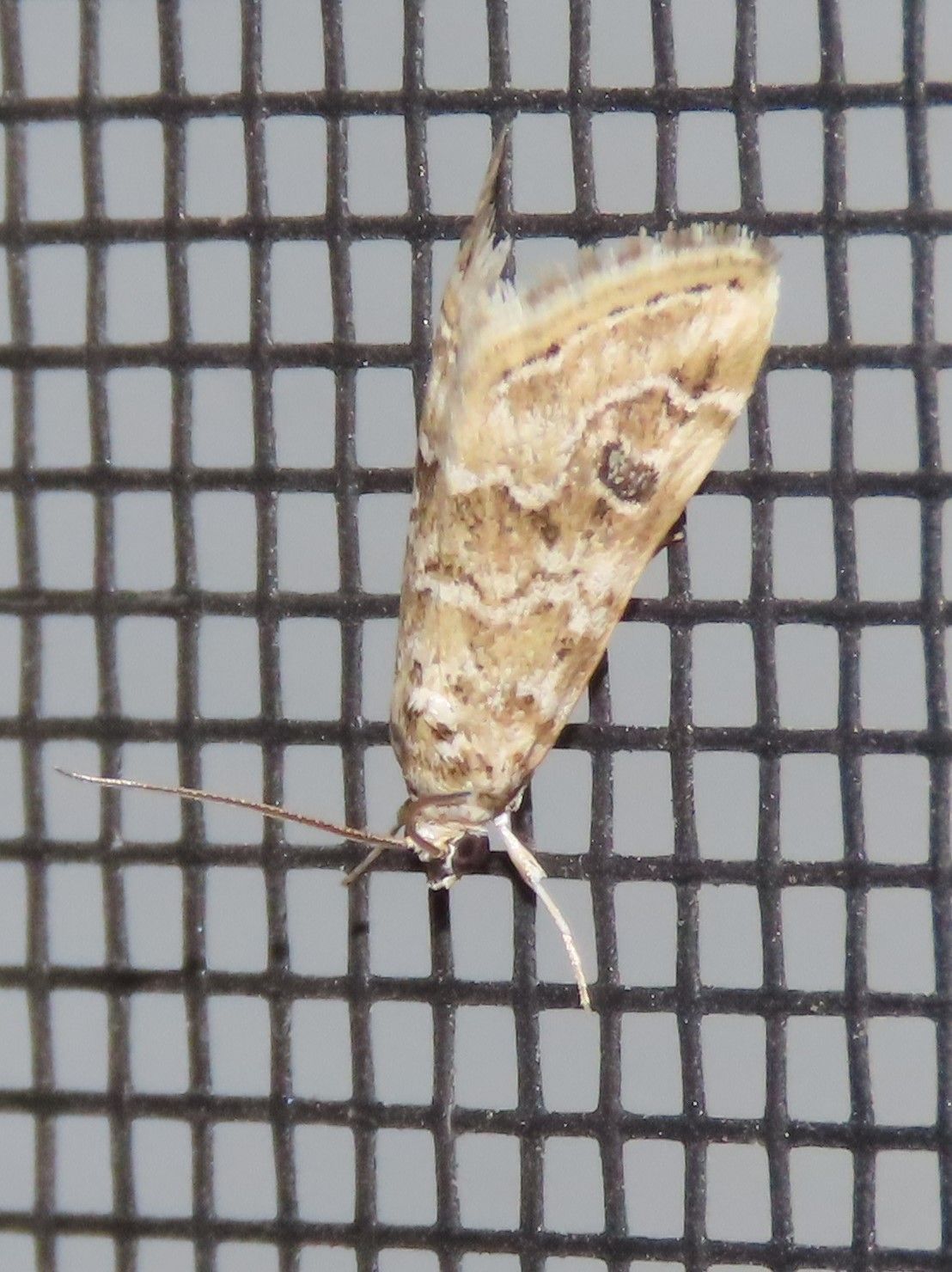
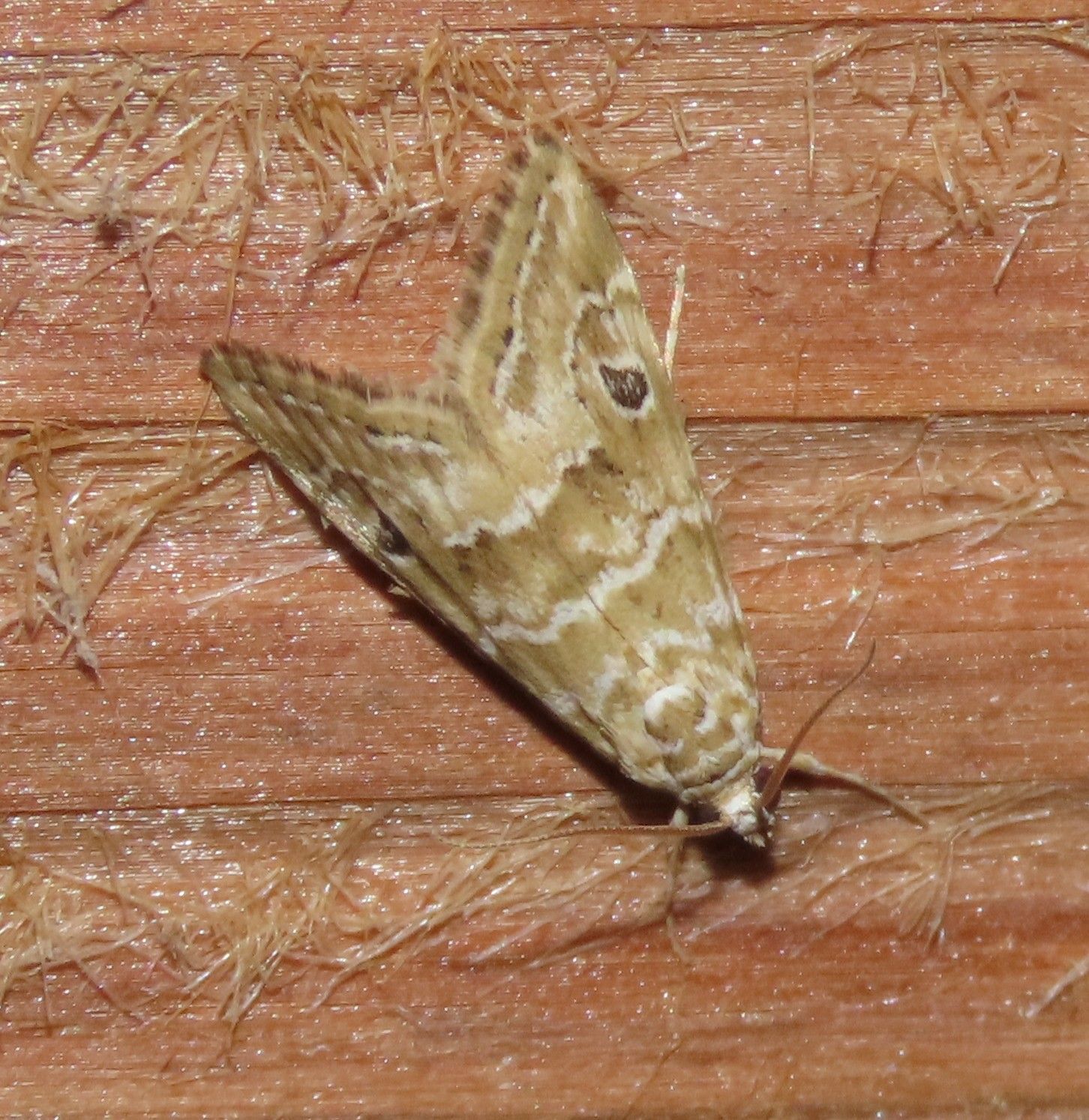
Cabbage Webworm (Hellula rogatalis)
Almost identical to the Cabbage Budworm above, this bug has a fully-dotted ST line. The Webworm also tends to be darker overall, with a contrasting darker median area, and a more bean-shaped reniform spot. Recorded December to May, with records in August.

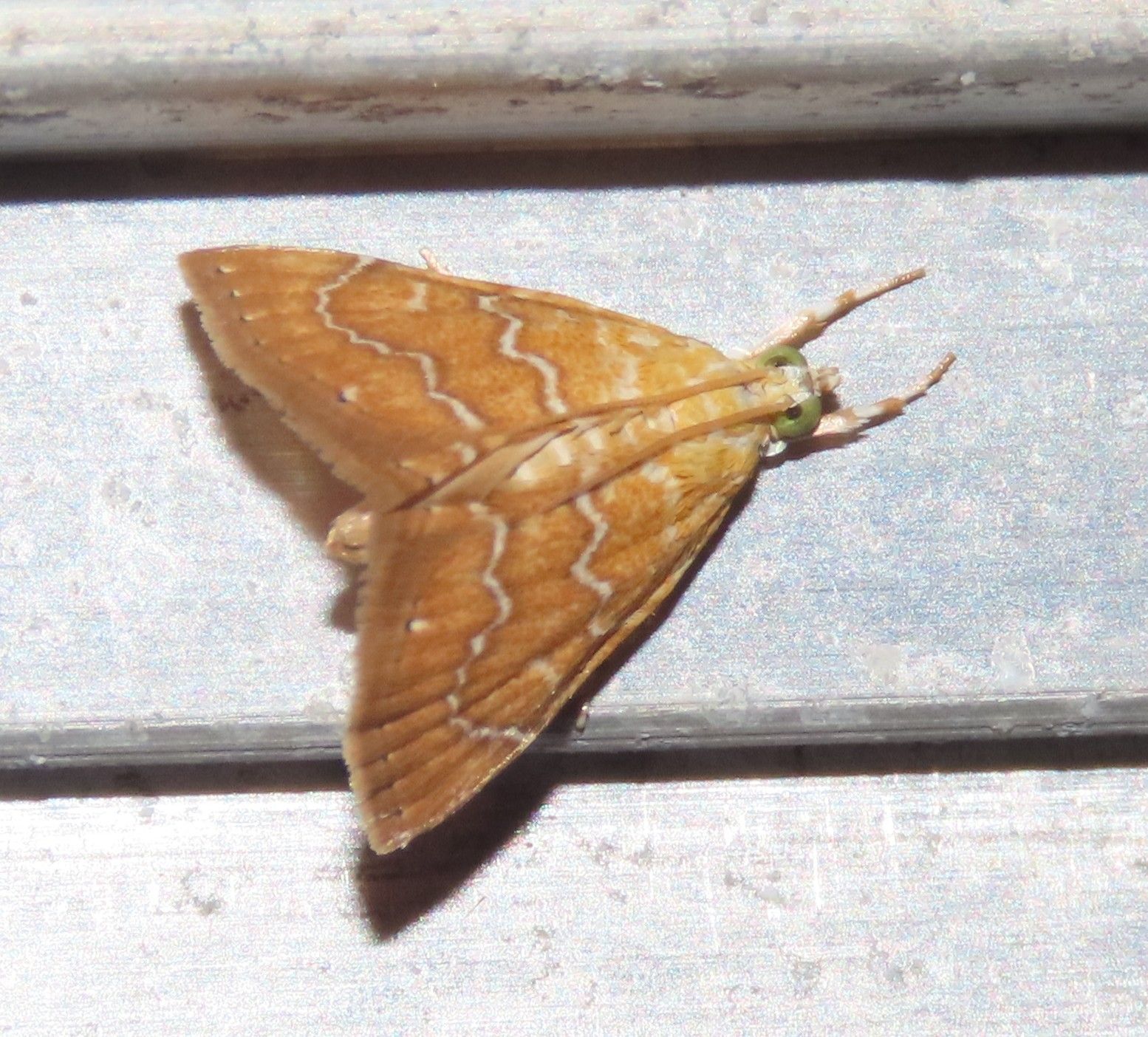
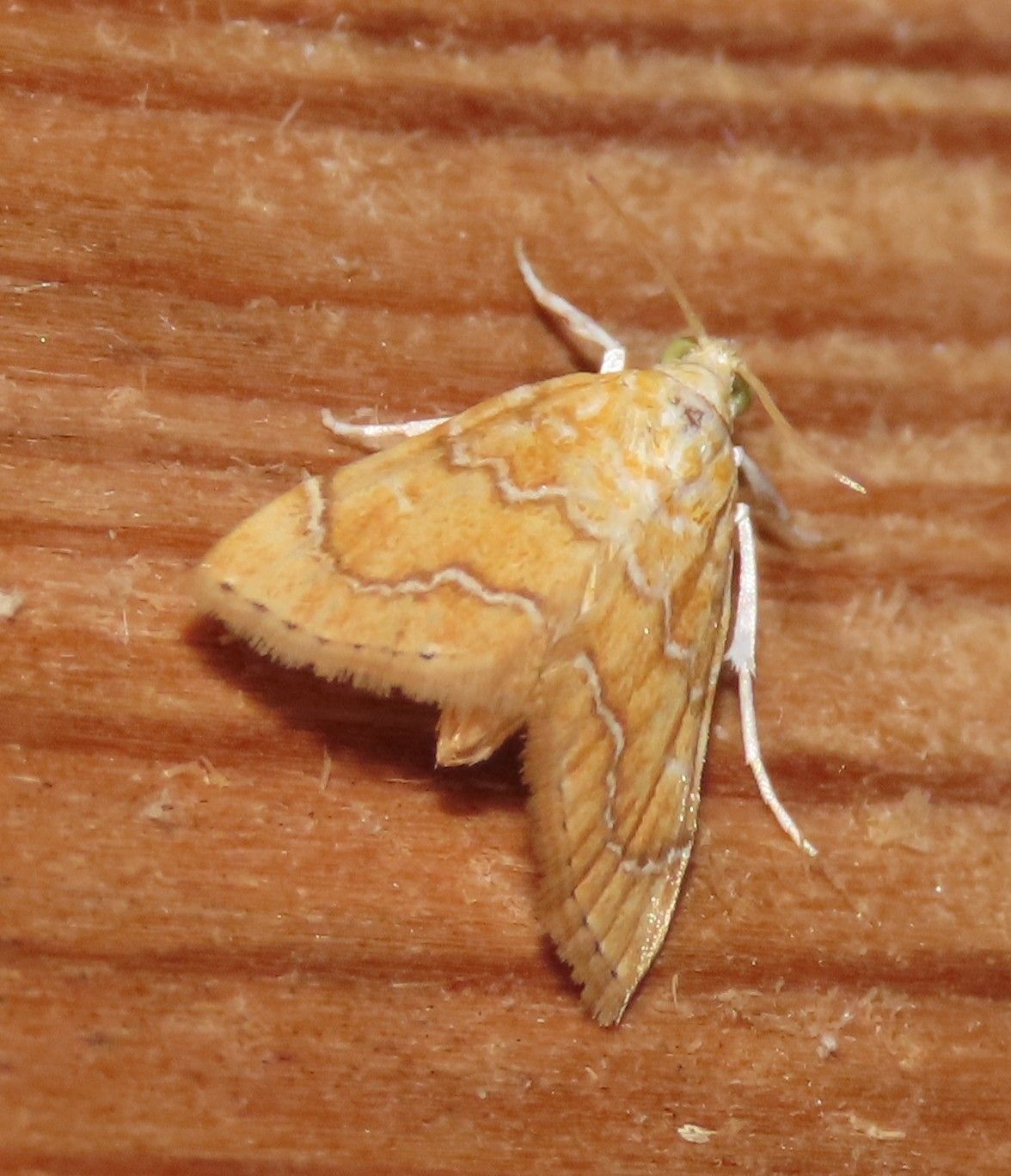
White-roped Glaphyria (Glaphyria sesquistrialis)
Told from similar golden crambids by the wavy white AM and PMs lines that are evenly bordered with brown on both sides. Recorded February - March and July - October, with records in May.
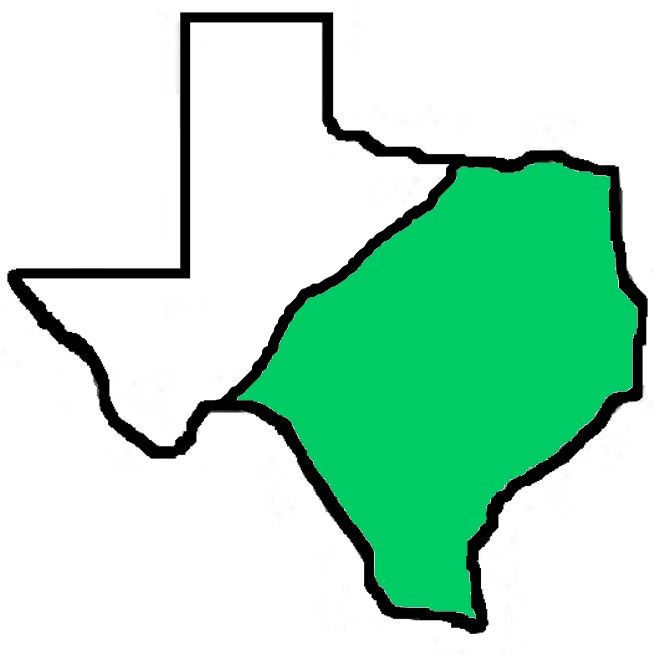

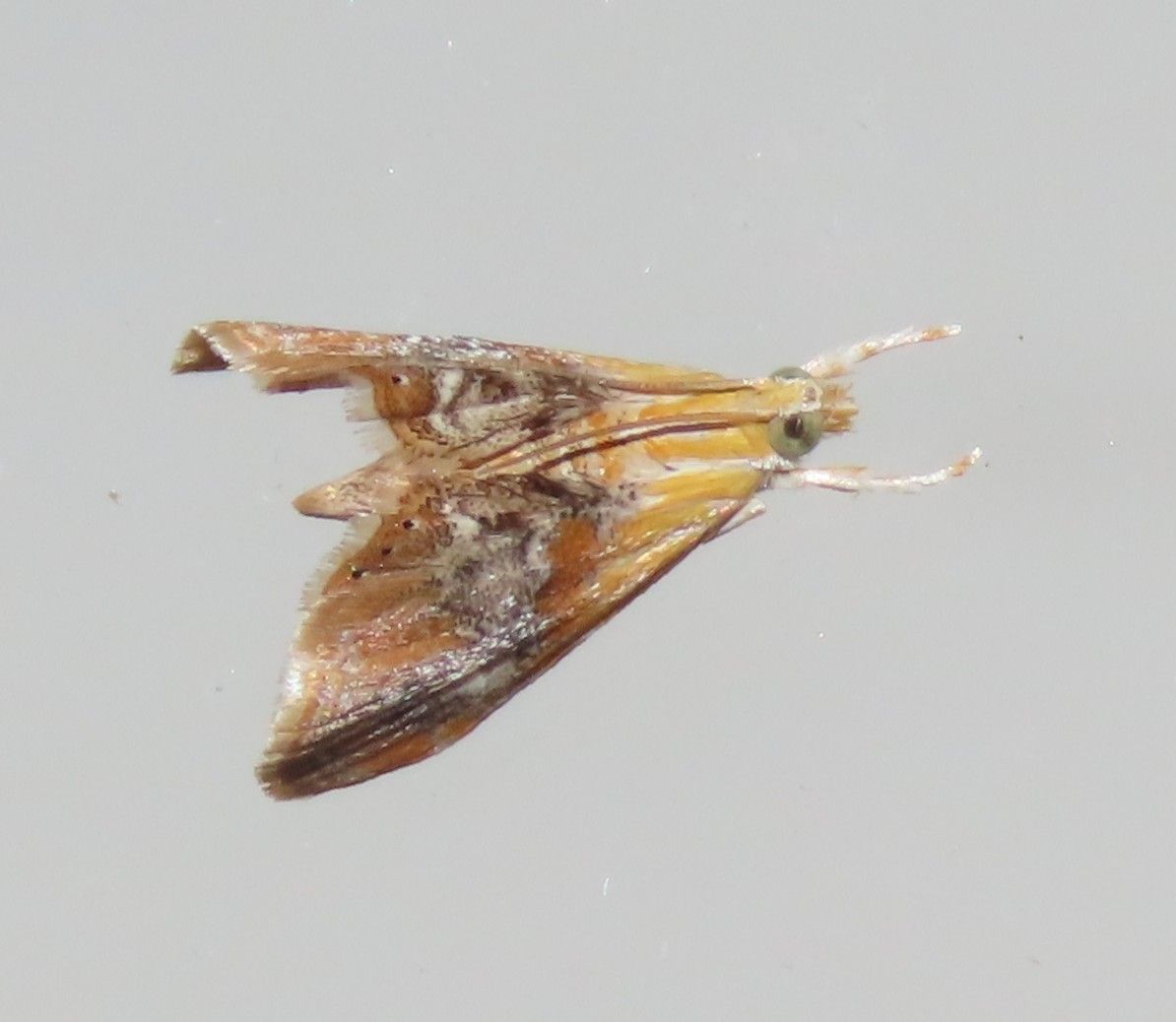

Julia's Dicymolomia (Dicymolomia julianalis)
This somewhat arrowhead-shaped moth is orange in the basal half and brown in the distal half, with a (usually) contrasting metallic median band bordered by wavy white AM and PM lines. This median band can range in color from blackish (left) to whitish (right). Recorded July - December, with records in March.


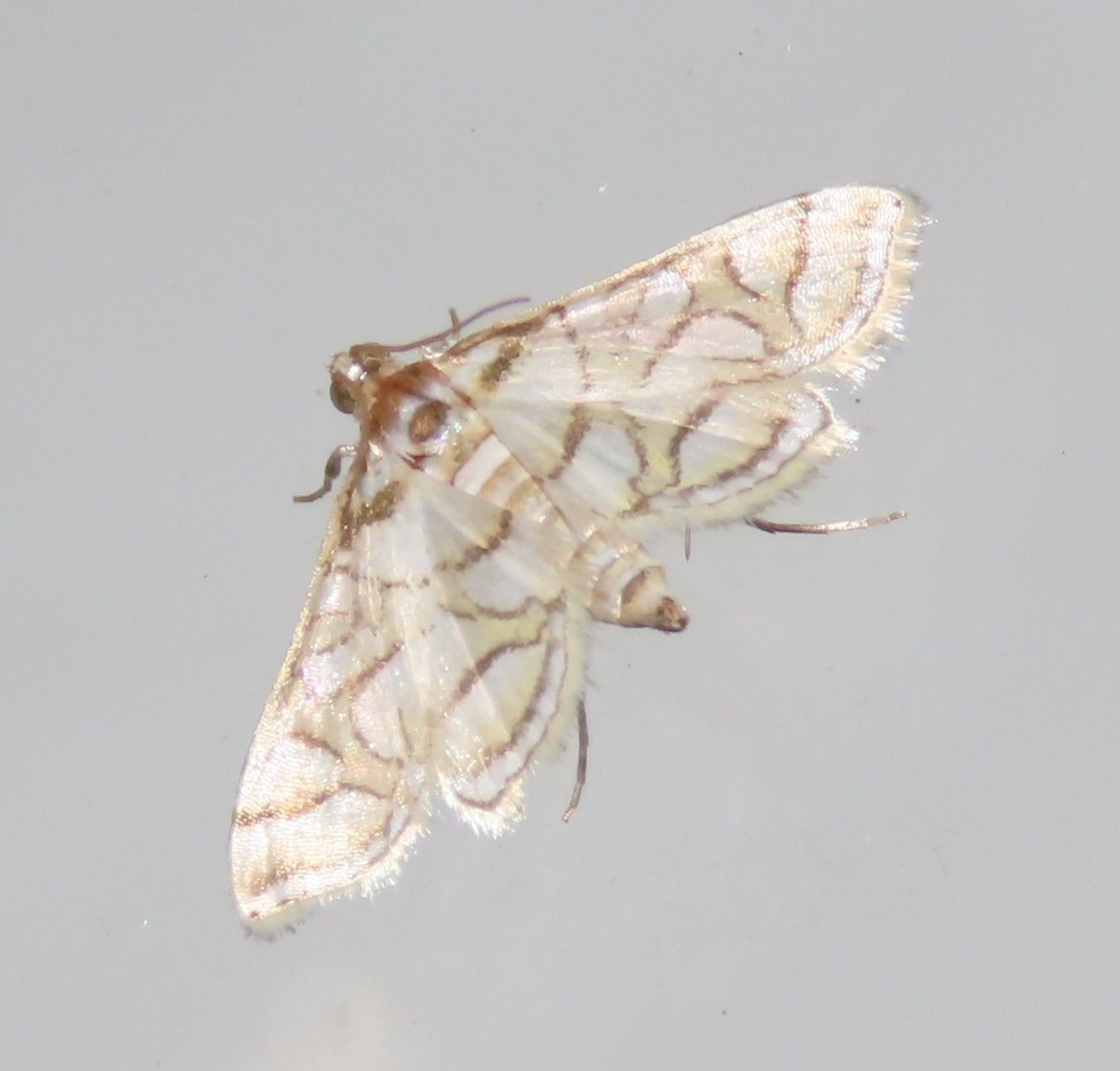
Beautiful Pseudopyrausta (Pseudopyrausta santatalis)
Superficially similar to the Magician Moth (Hileithia magualis), this moth lacks the bold dark brown designs in the wings, and is rather silvery overall with medium brown lines separating the silver and creamy areas. Best told from the even more similar (but much less common) Marginal Pseudopyrausta (Pseudopyrausta marginalis) by the darker brown "shoulders". Recorded July - October.
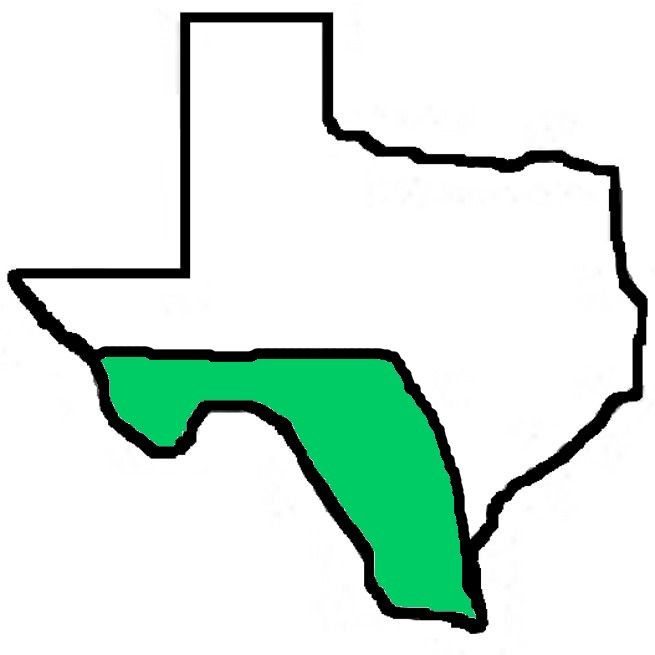
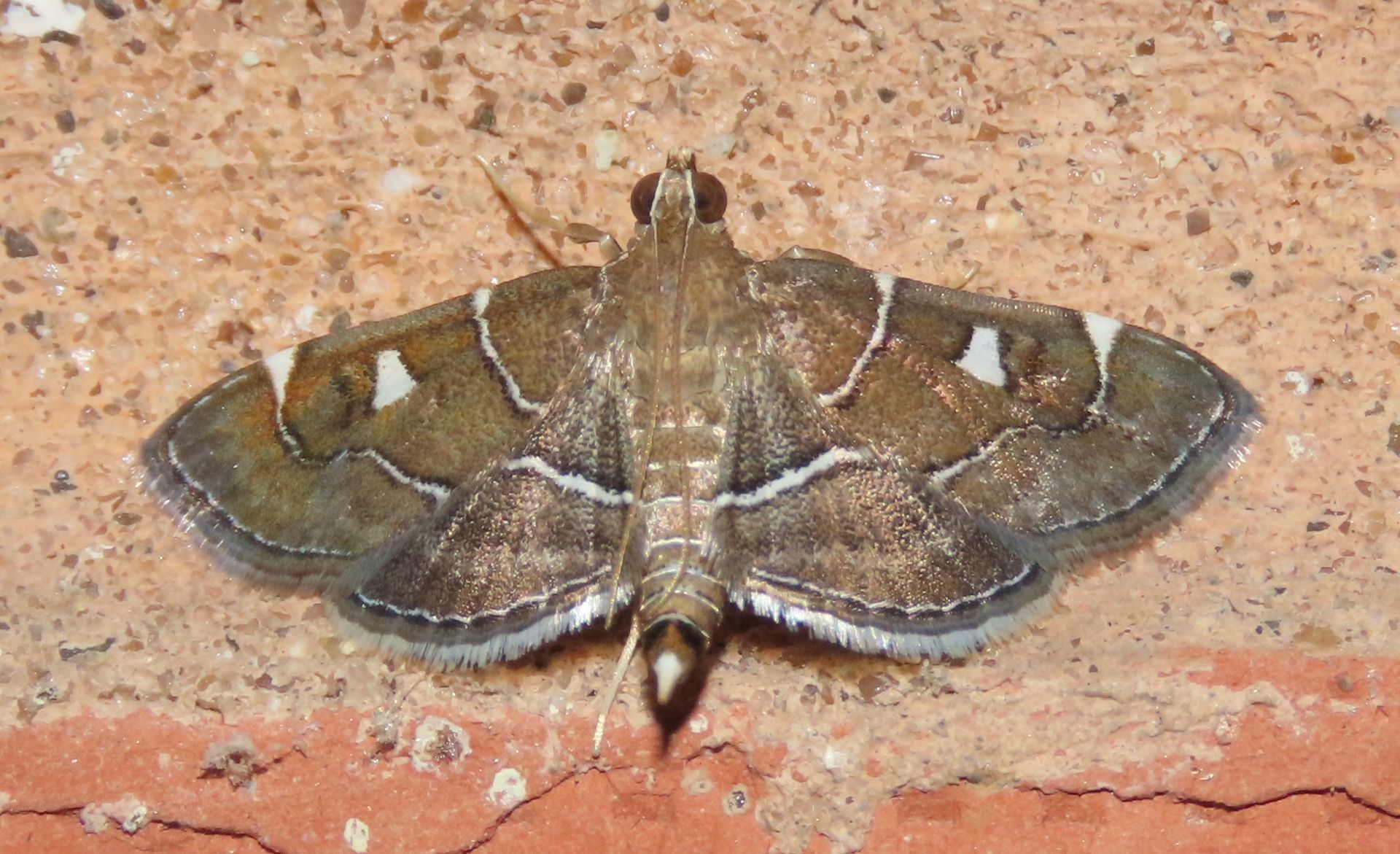
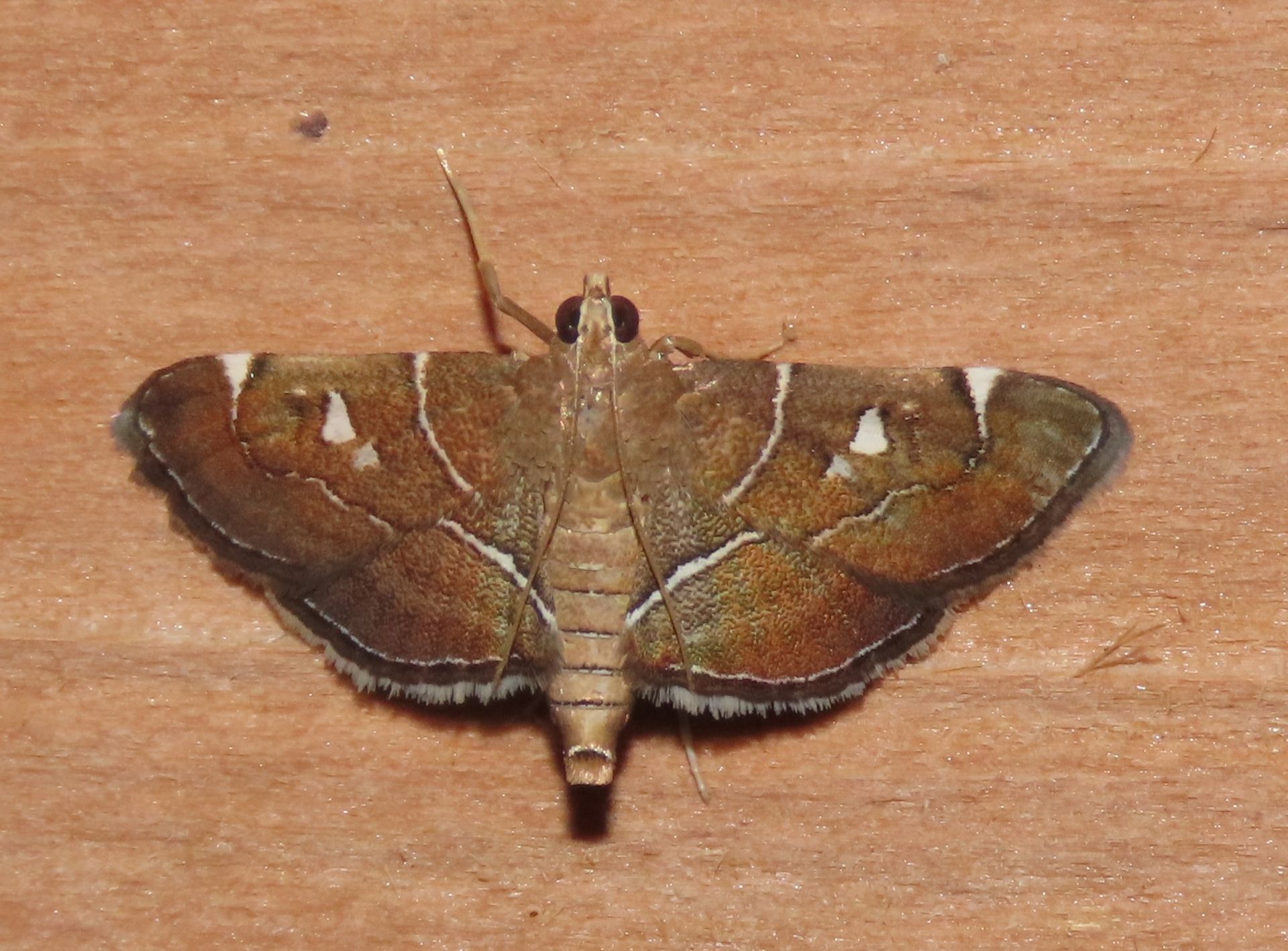
Victorian Lamplighter (Lamprosema victoriae)
A brown "spreadwing" moth with narrow white AM and PM bands. The PM band widens at the costa creating a conspicuous triangle, and another white triangular spot is in the median area. Two additional and nearly identical species also occur in the LRGV (see Specialty page), but it's probably safe to assume Victorian until proven otherwise by dissection/DNA analysis. Recorded March - November.
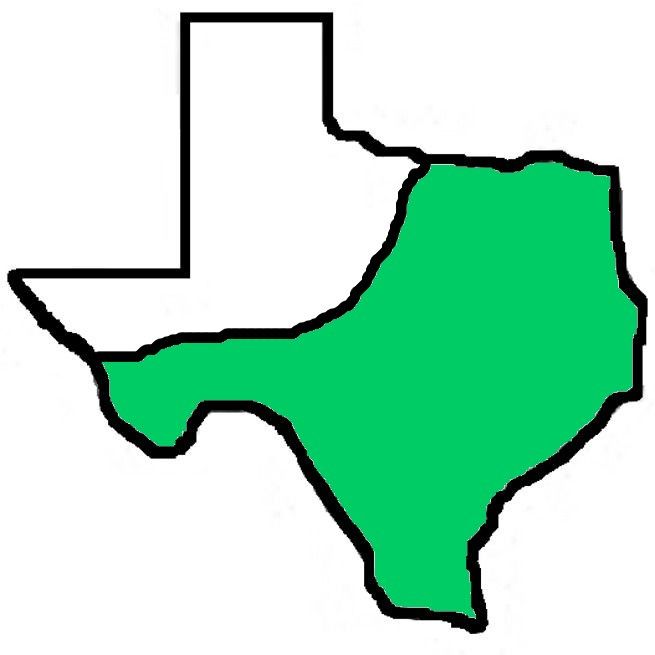
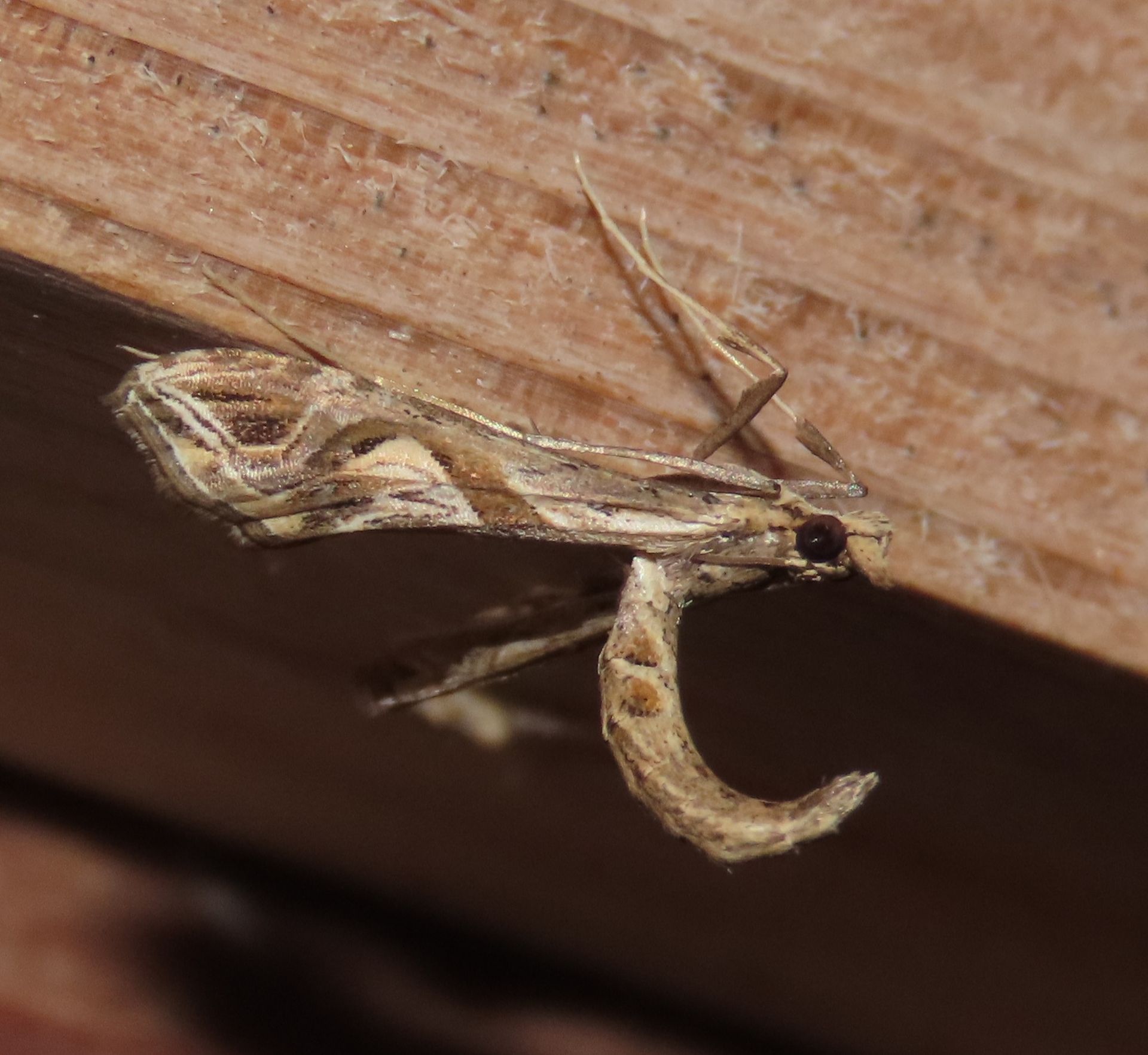
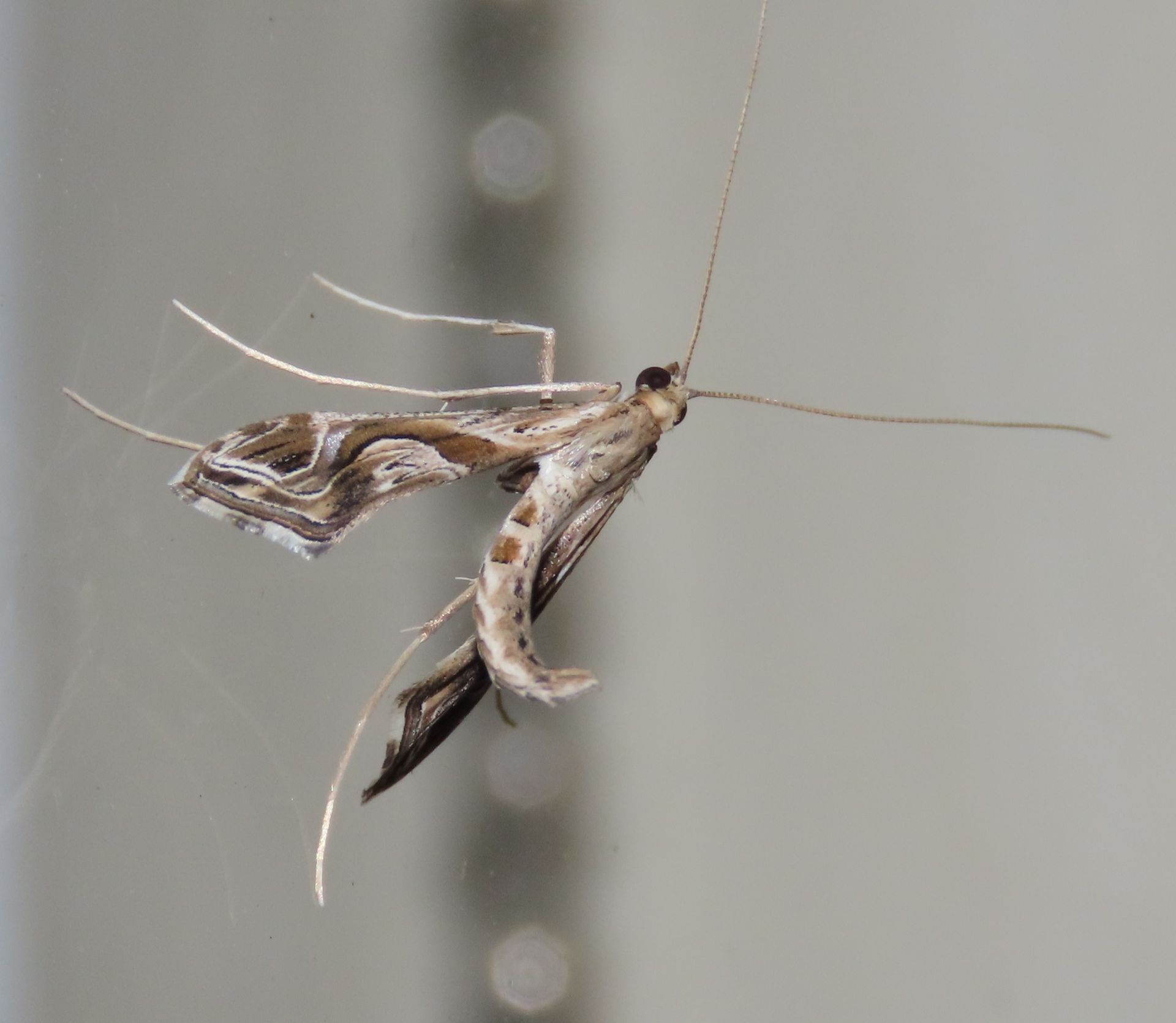
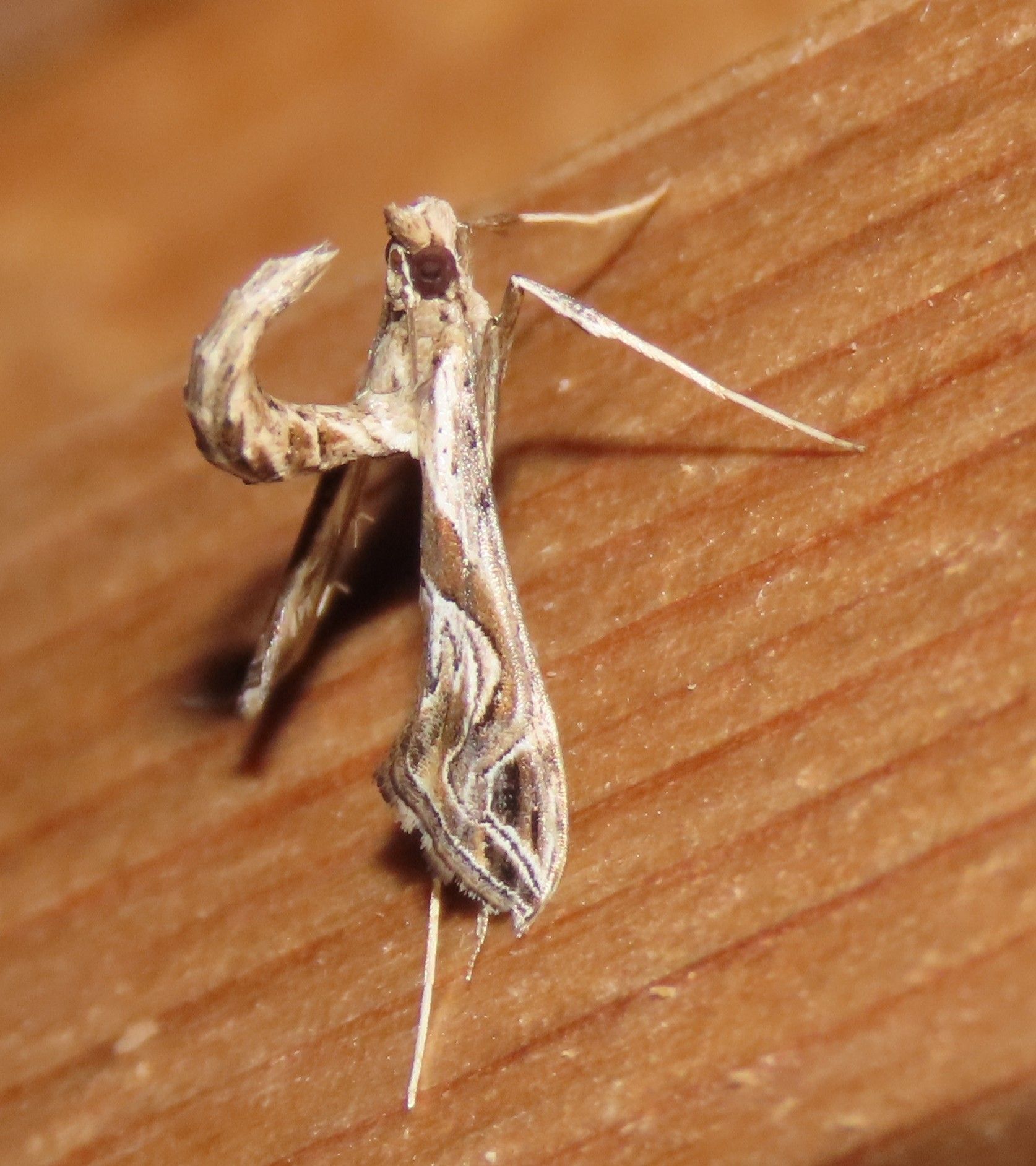
Eggplant Lineodes (Lineodes integra)
Lineodes are distinctive Spilomelene crambids with narrow, paddle-shaped wings and the habit of curling their abdomens high over their heads! Four species occur in the LRGV, with the Eggplant being the most commonly encountered (in my experience). The brown S-shaped line on the forewing dips down towards the costa but doesn't connect with it, unlike the Interrupted Lineodes (below), then curves back up and encloses a large brown patch near the wing's apex. Recorded year-round, except for April.


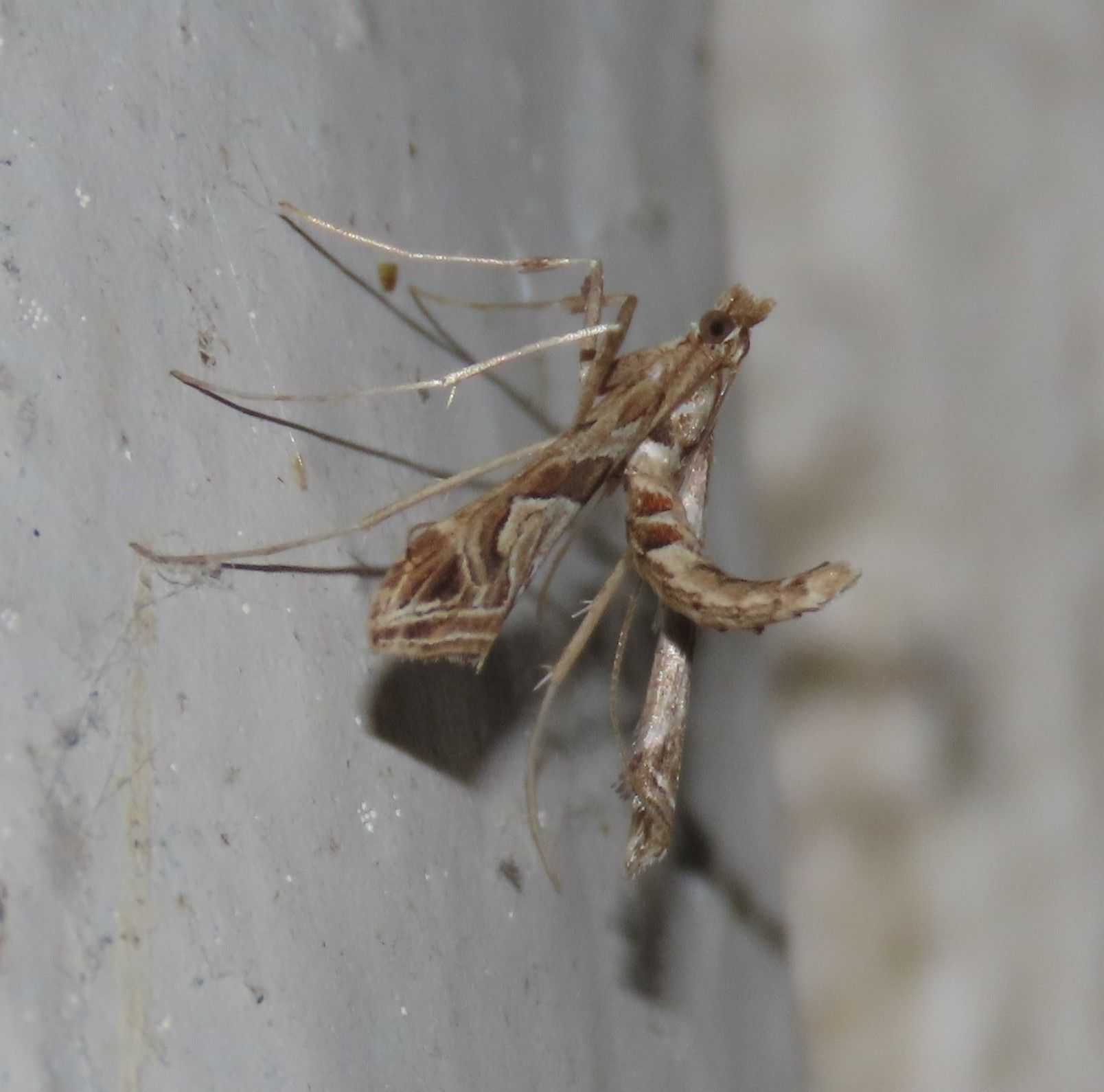
Interrupted Lineodes (Lineodes interrupta)
Similar to the Eggplant Lineodes, but the sinuous brown "S" curve is "interrupted" by a notch coming from the pale inner area of the wing and reaching the costa. Sometimes this notch doesn't make it all the way to the costa, potentially causing confusion, but the notch is still there, whereas that same pale patch on the Eggplant is smooth. Recorded June - July, September - October, and December - February.
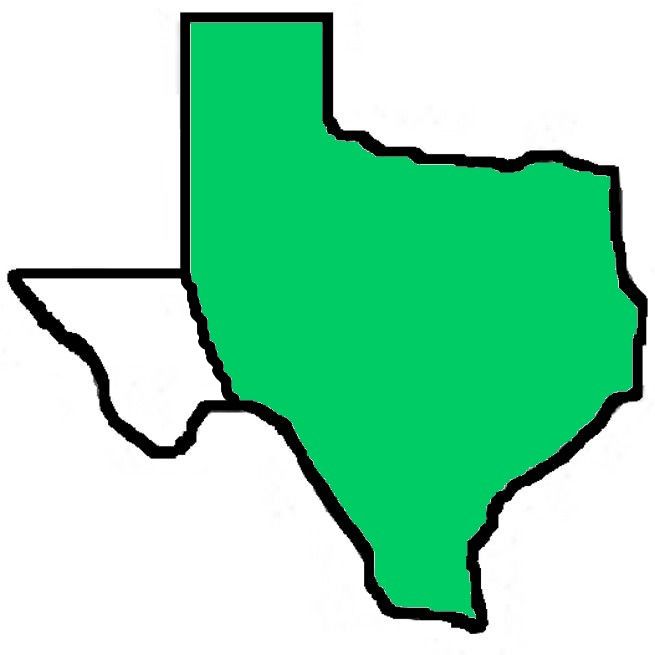
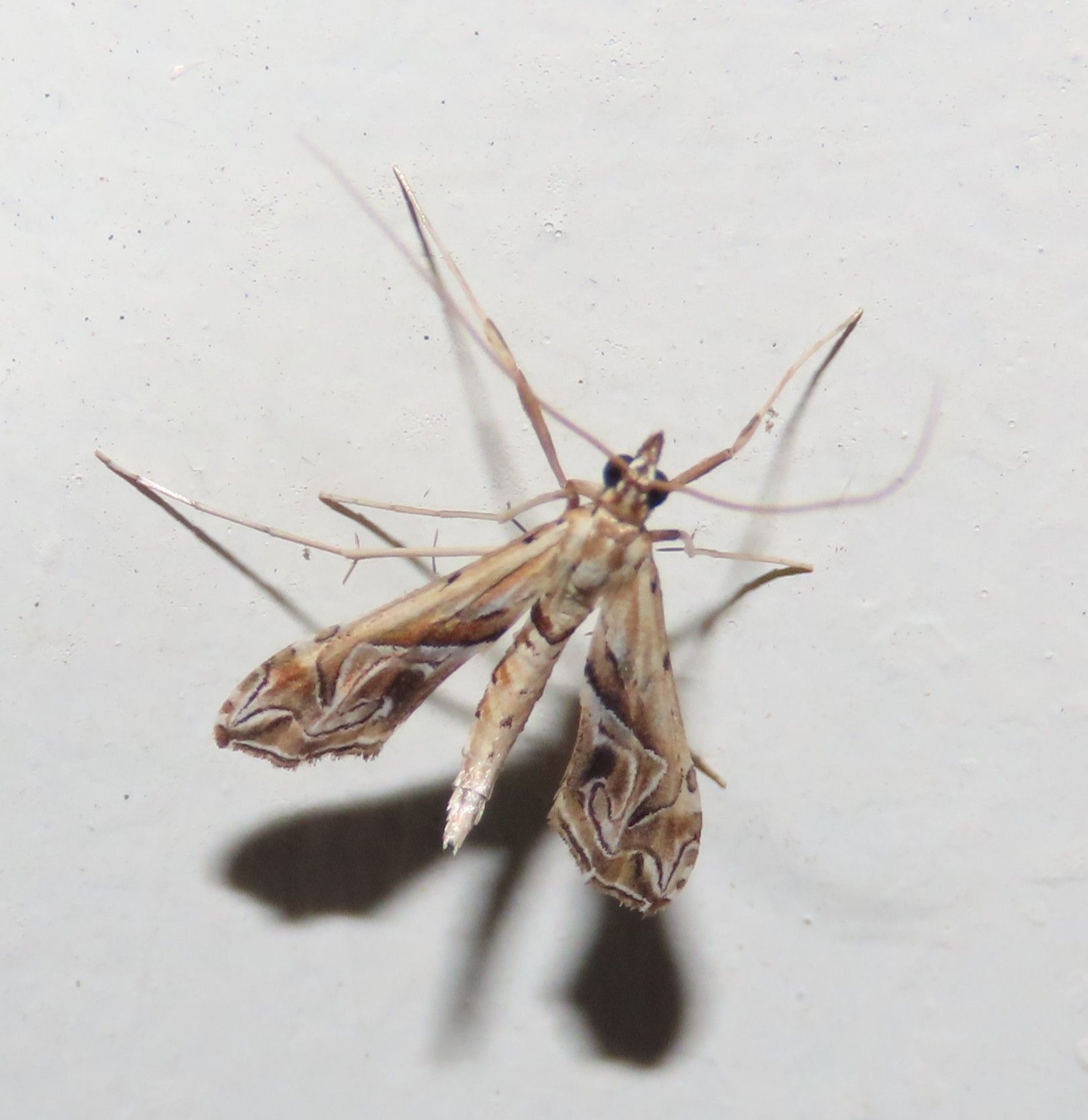
Eastern Lineodes (Lineodes fontella)
This bug differs from the previous two species in that the forewing pattern displays a wild series of hooks and points instead of a smooth, sinuous band. Recorded September to October, with records in July.
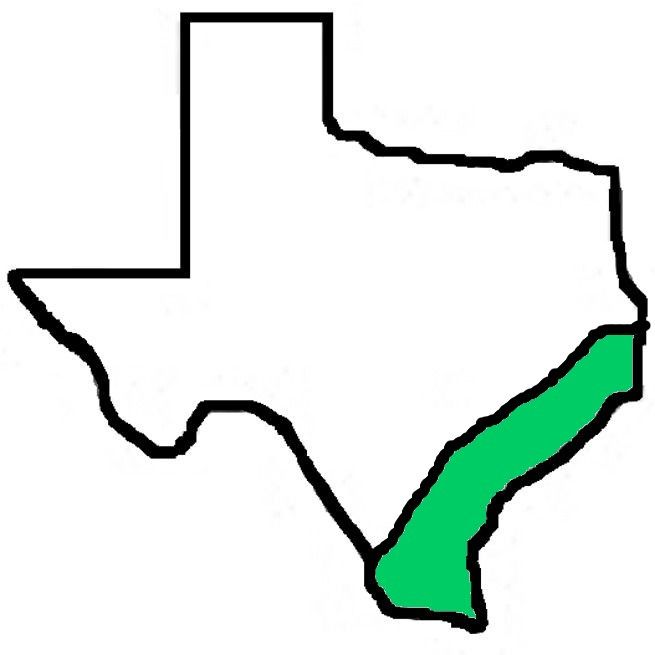
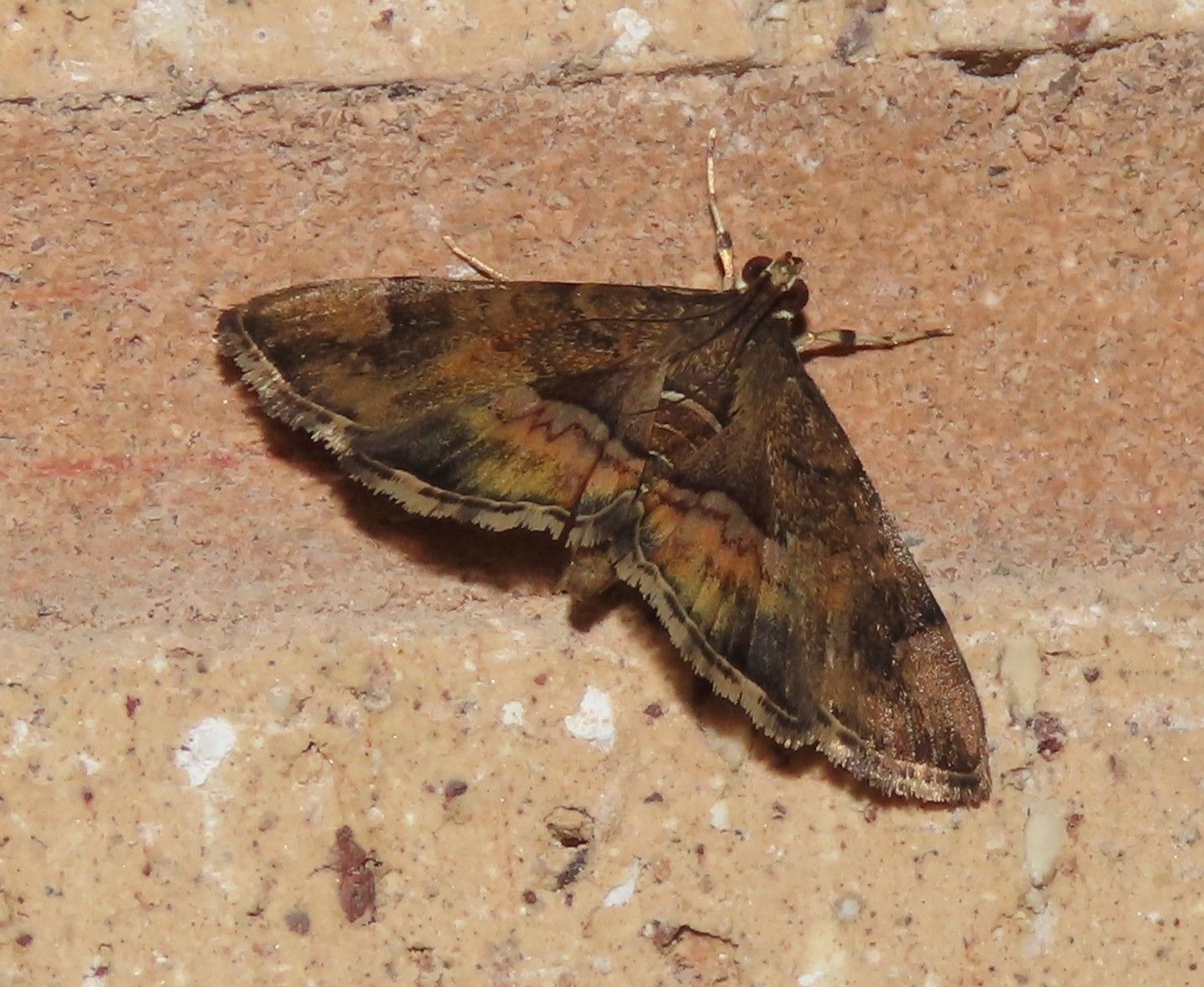
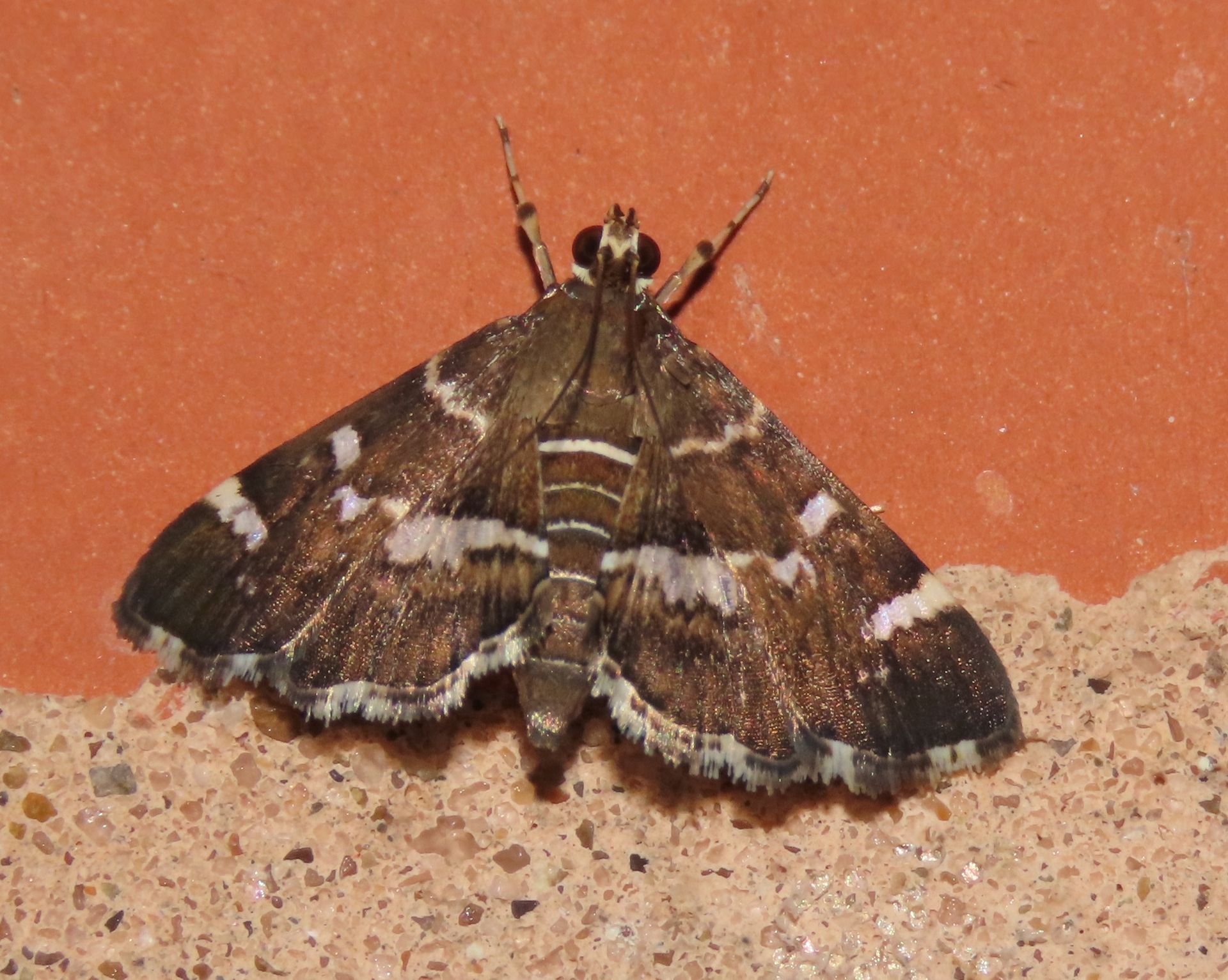
Spotted Beet Webworm (Hymenia perspectalis)
Typical bugs (right) are brown with jagged white AM and median bands, and a white rectangle at the end of the PM band. Some bugs (left) show no white at all and can be very confusing, but the toothy shape of the hindwing band is a good hint. Recorded January - March, May - June, and October - November.

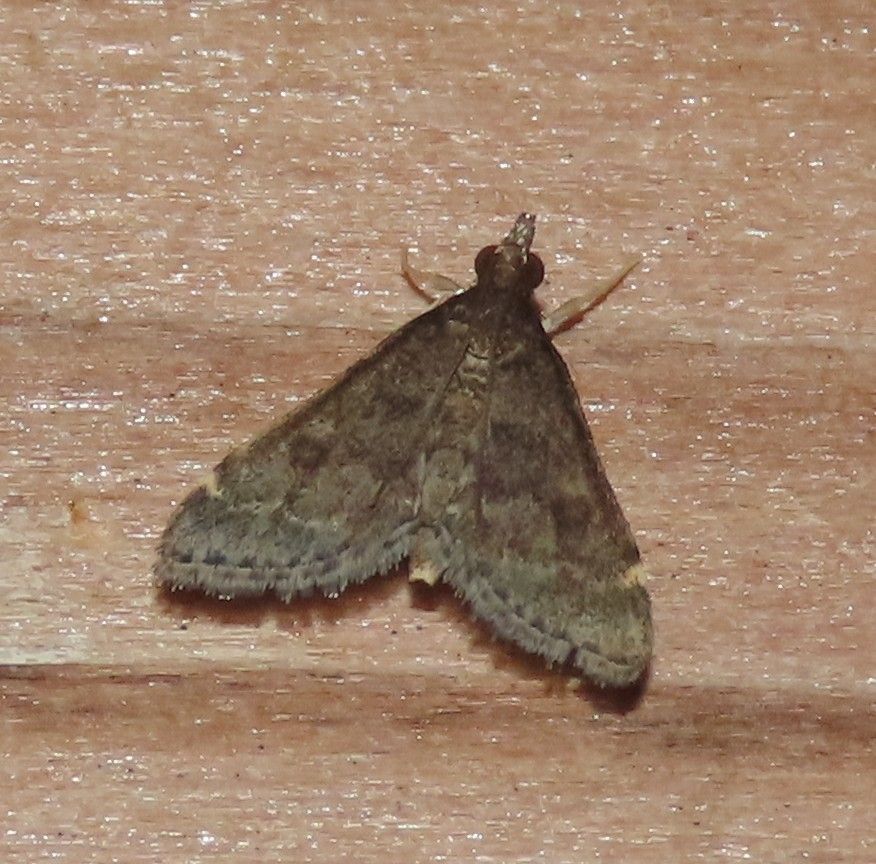
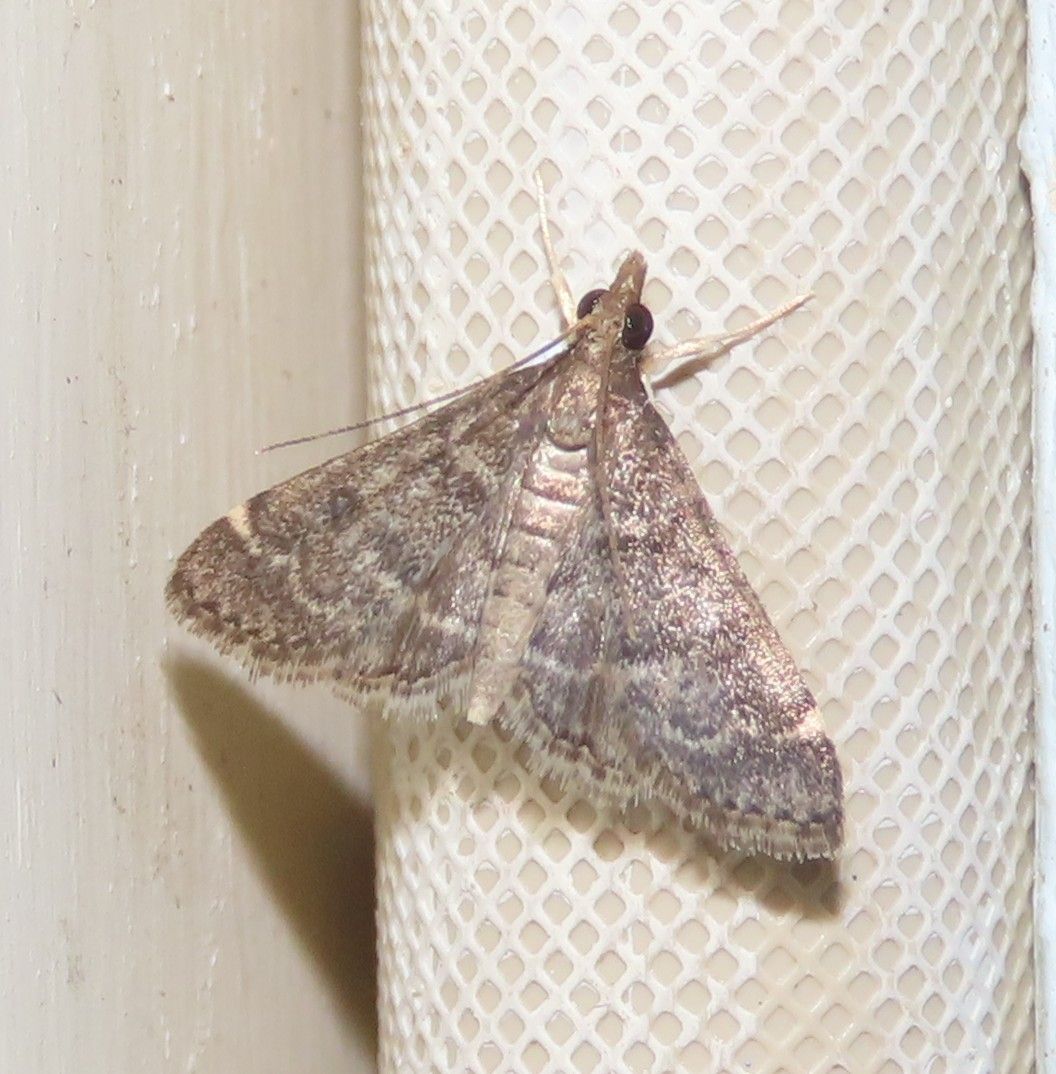
Downhill Steniodes (Steniodes declivalis)
This small moth is medium brown with darker AM and median bands. The thin, pale PM band widens at the costa, and swings up to join the median band (not visible on all bugs). Look also for the rounded reniform spot, which is dark with a pale center. Recorded November to April and June to August.
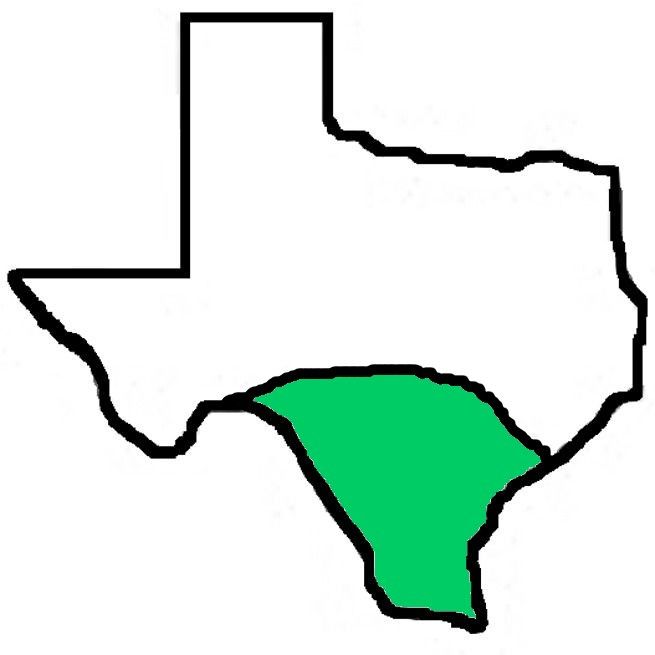

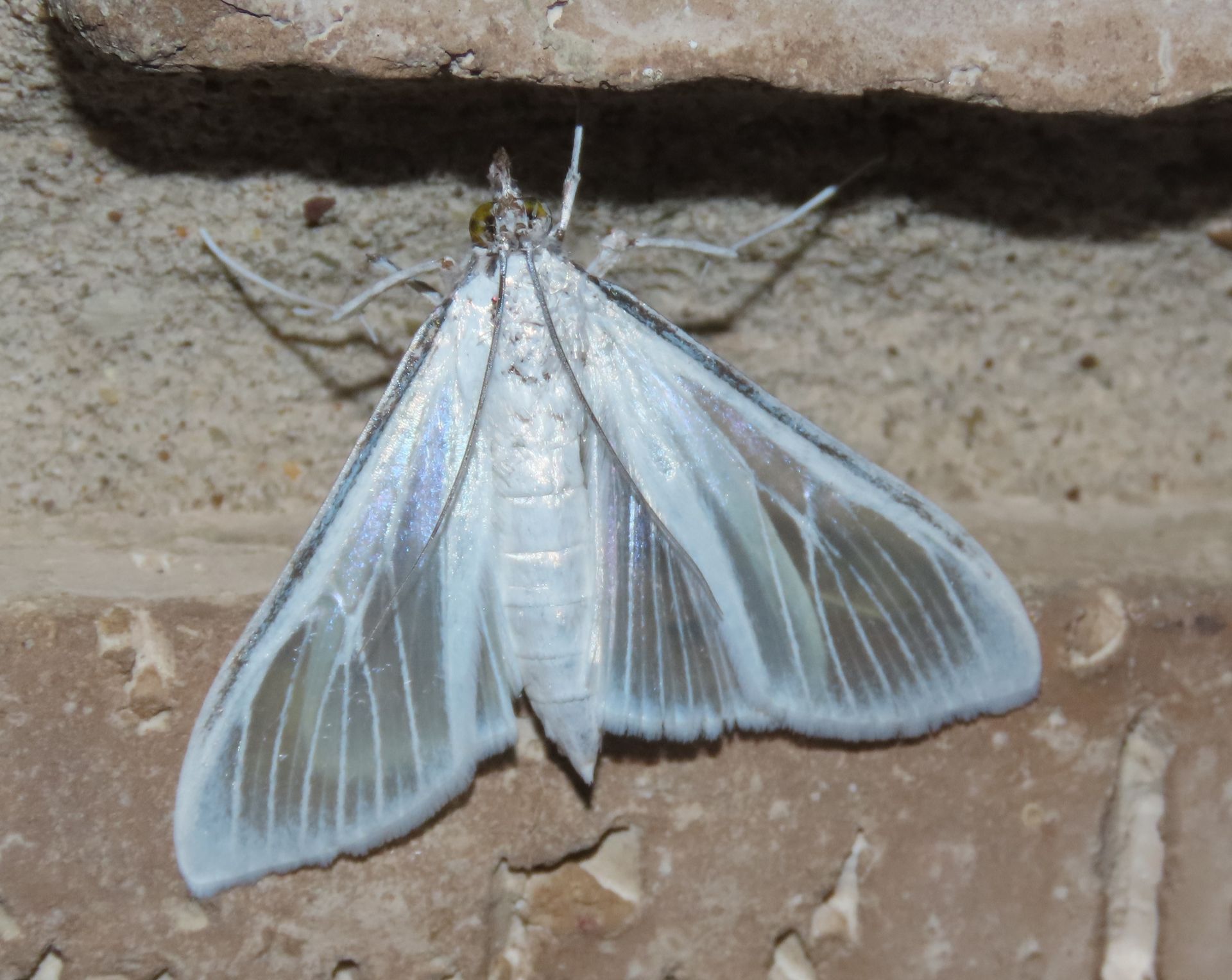
Satin White Palipita (Palpita flegia)
The largest of the palpitas, this moth lacks the subtle markings of the other palpitas and is completely silky white. Worn individuals (right) will appear translucent. Recorded January to February, and April to August.

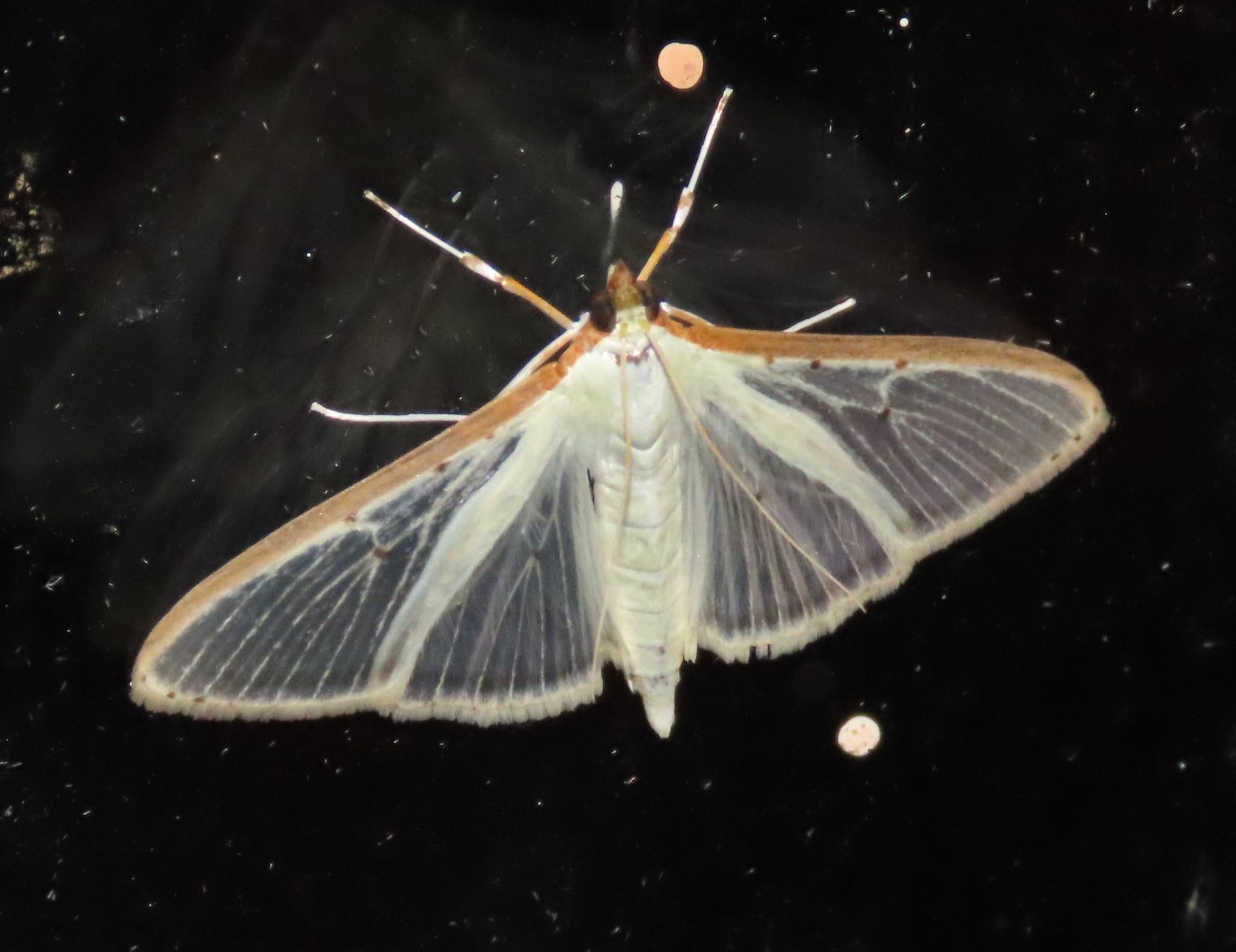
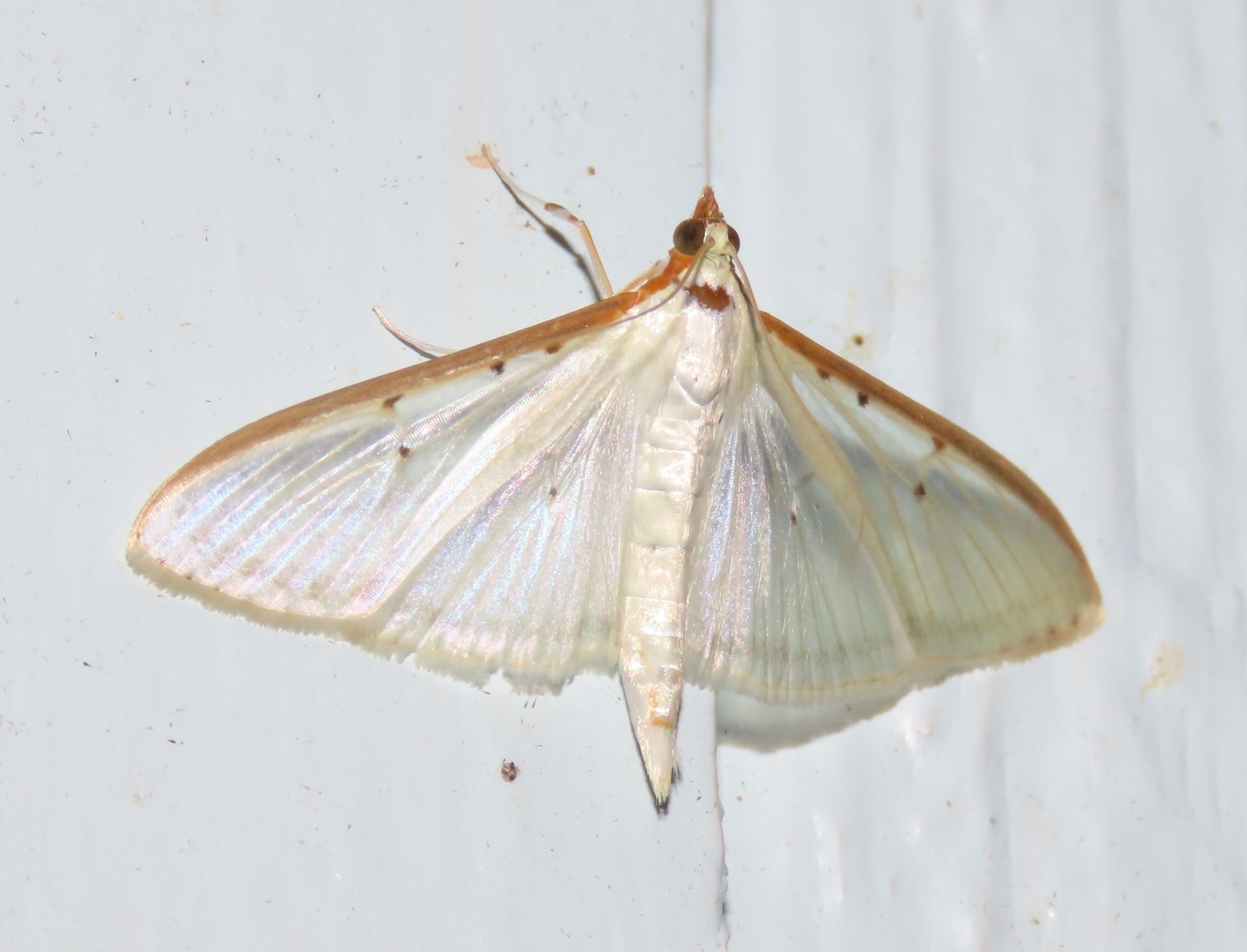
Four-spotted Palpita (Palpita quadristigmalis)
The "four spots" probably refer to the four discal spots (one on each wing), although this bug also shows three dots along the orange costa of the forewing! Said costa contrasts sharply with the silvery wings, which are actually transparent, as displayed well on the bug on the left! Recorded December - March.

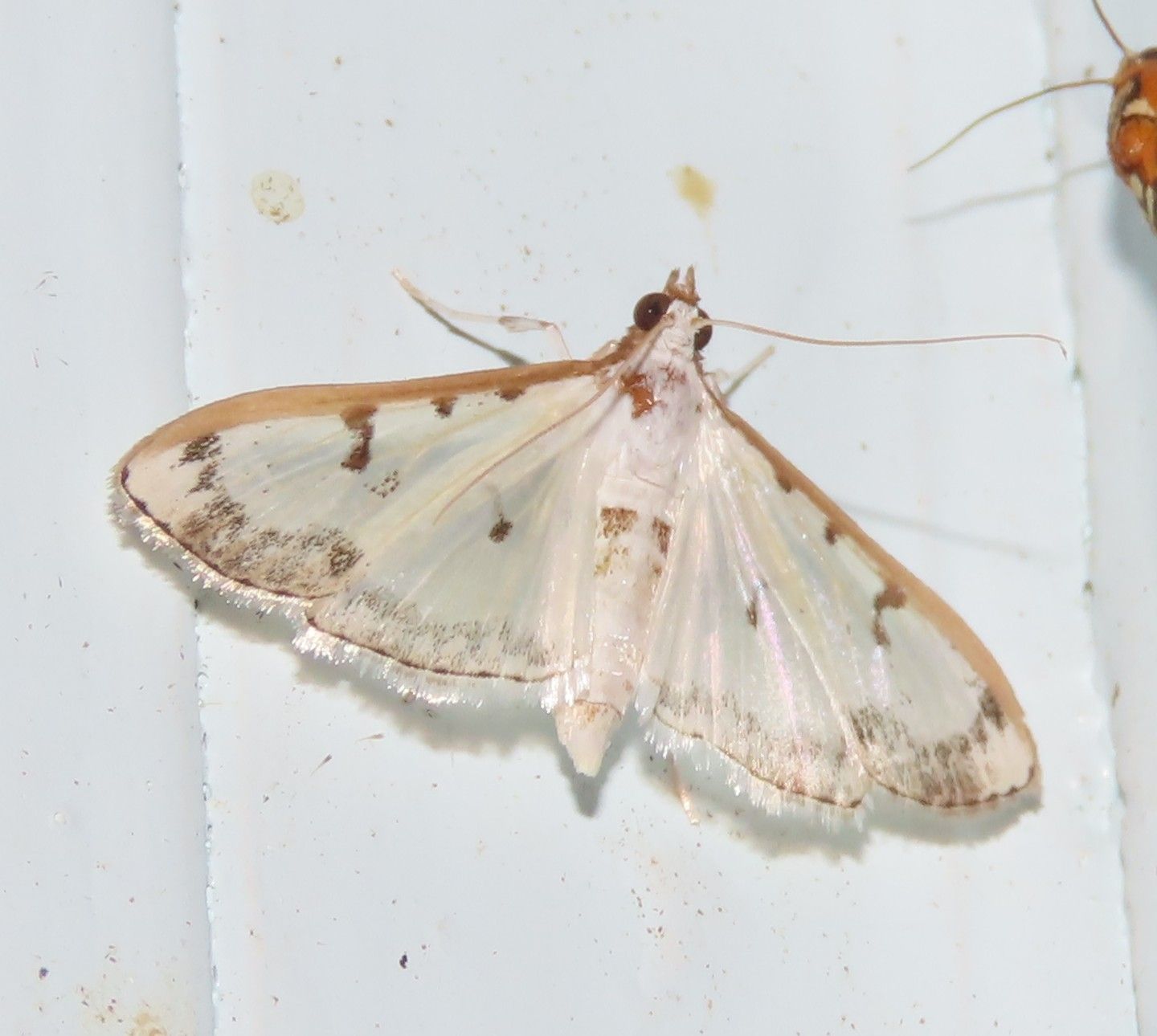
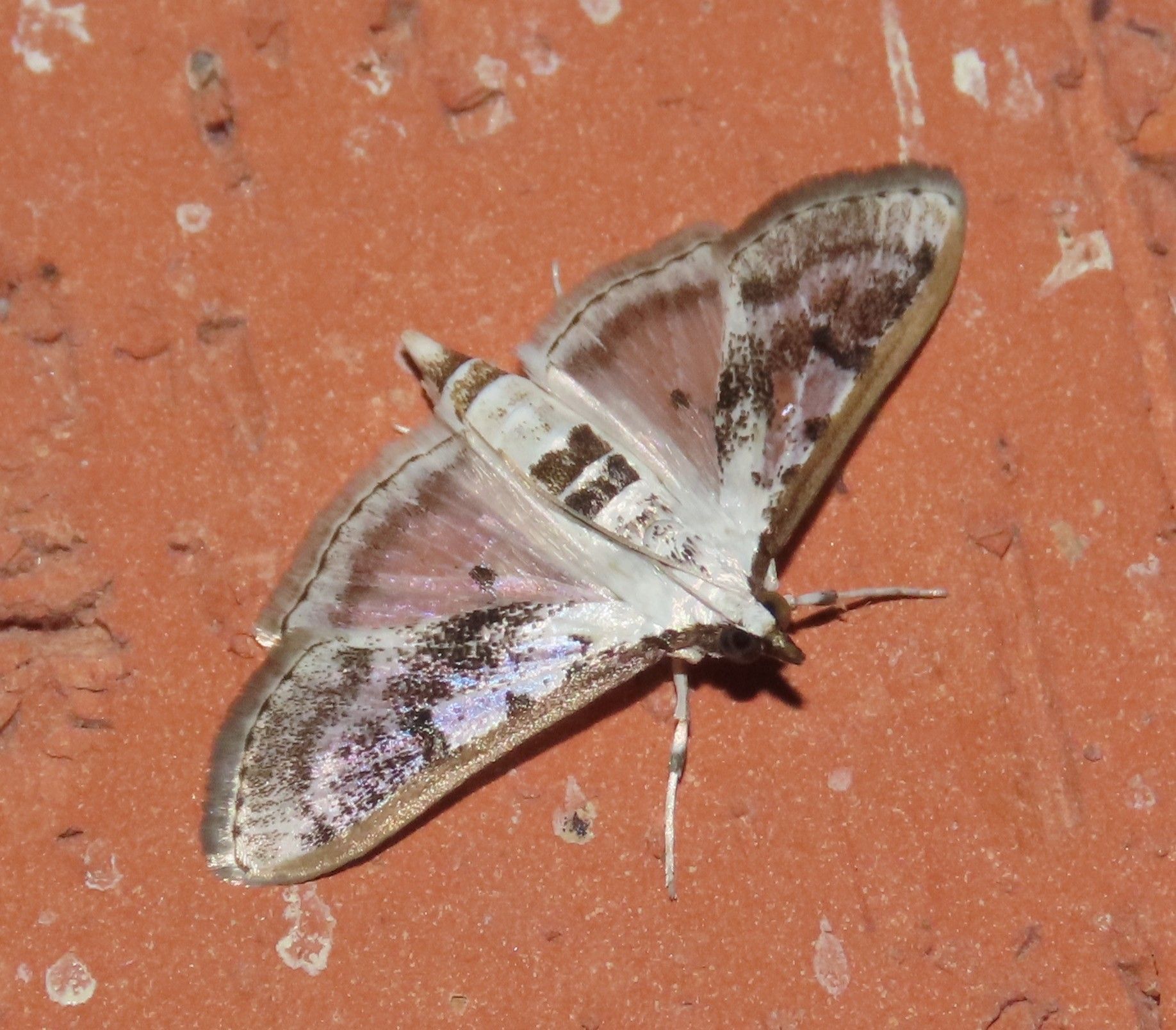
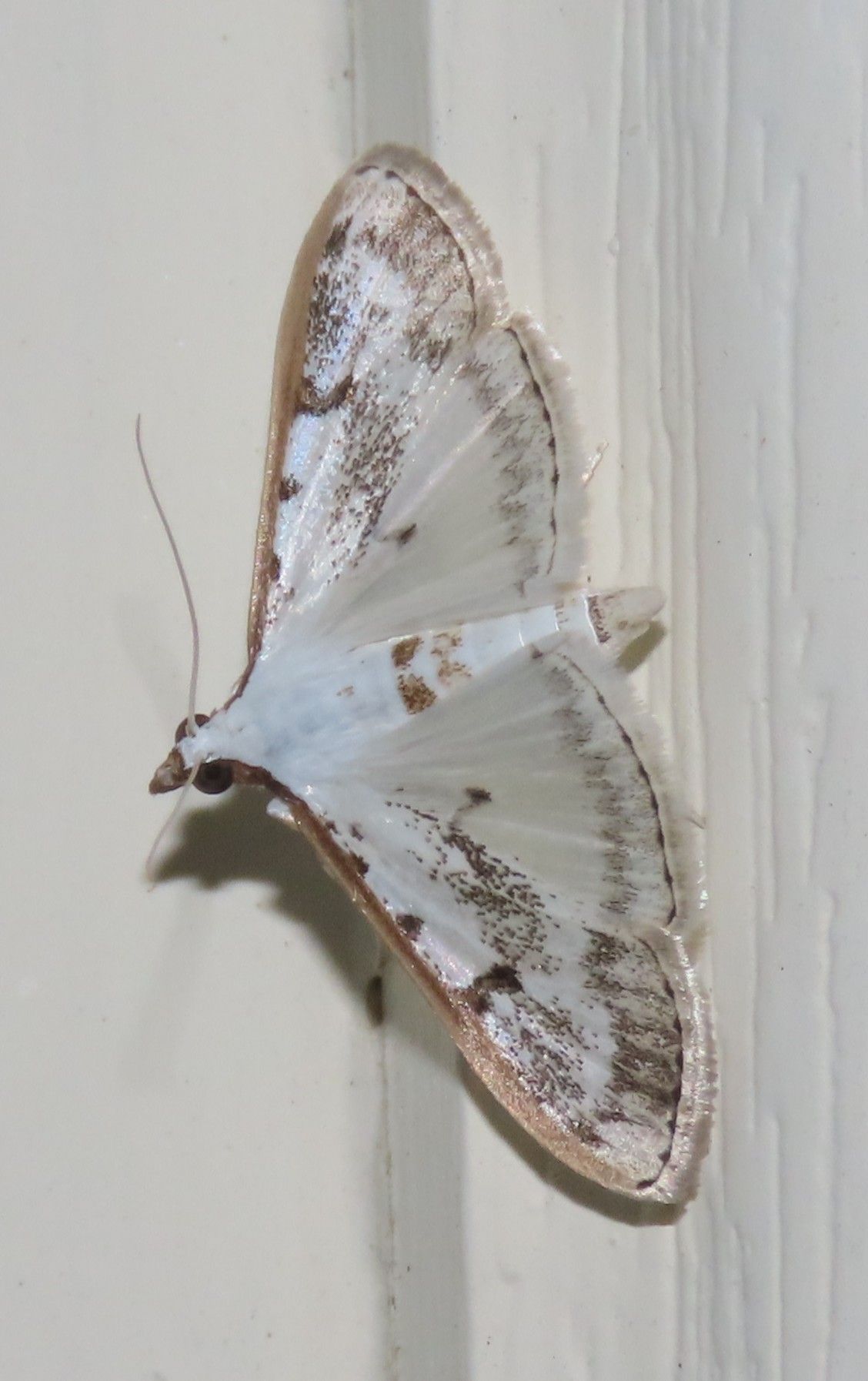
Gracile Palpita (Palpita atrisquamalis)
Take a Four-spotted Palpita and add some dark smudging and an abdominal band, and you have a Gracile! This moth can be quite variable, from somewhat pale individuals to those with very dark markings. The double abdominal band (the distal one can be somewhat obscured) is a good clue regardless. Sporadic; recorded February to March and October to December, with records in May and August.

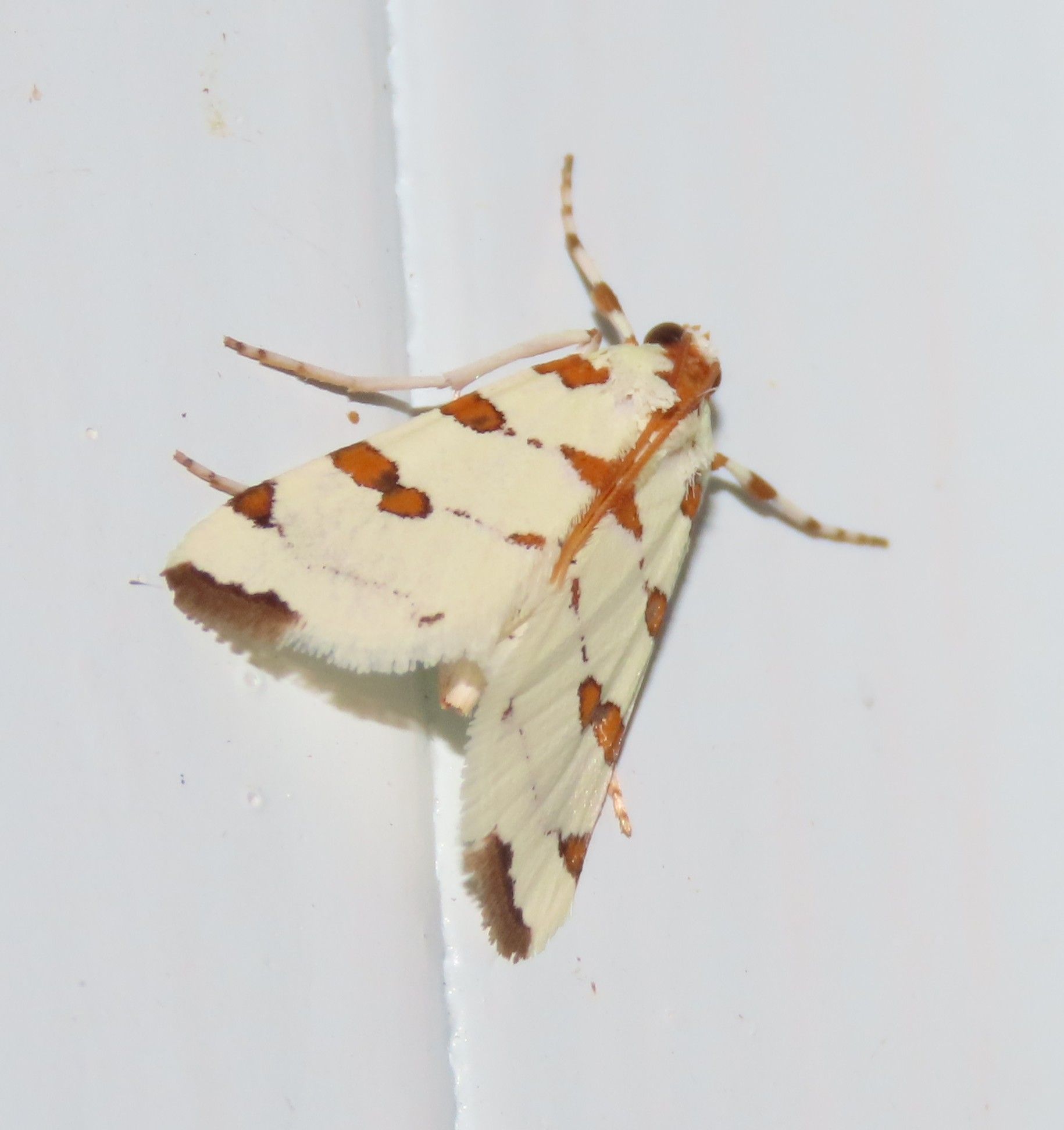
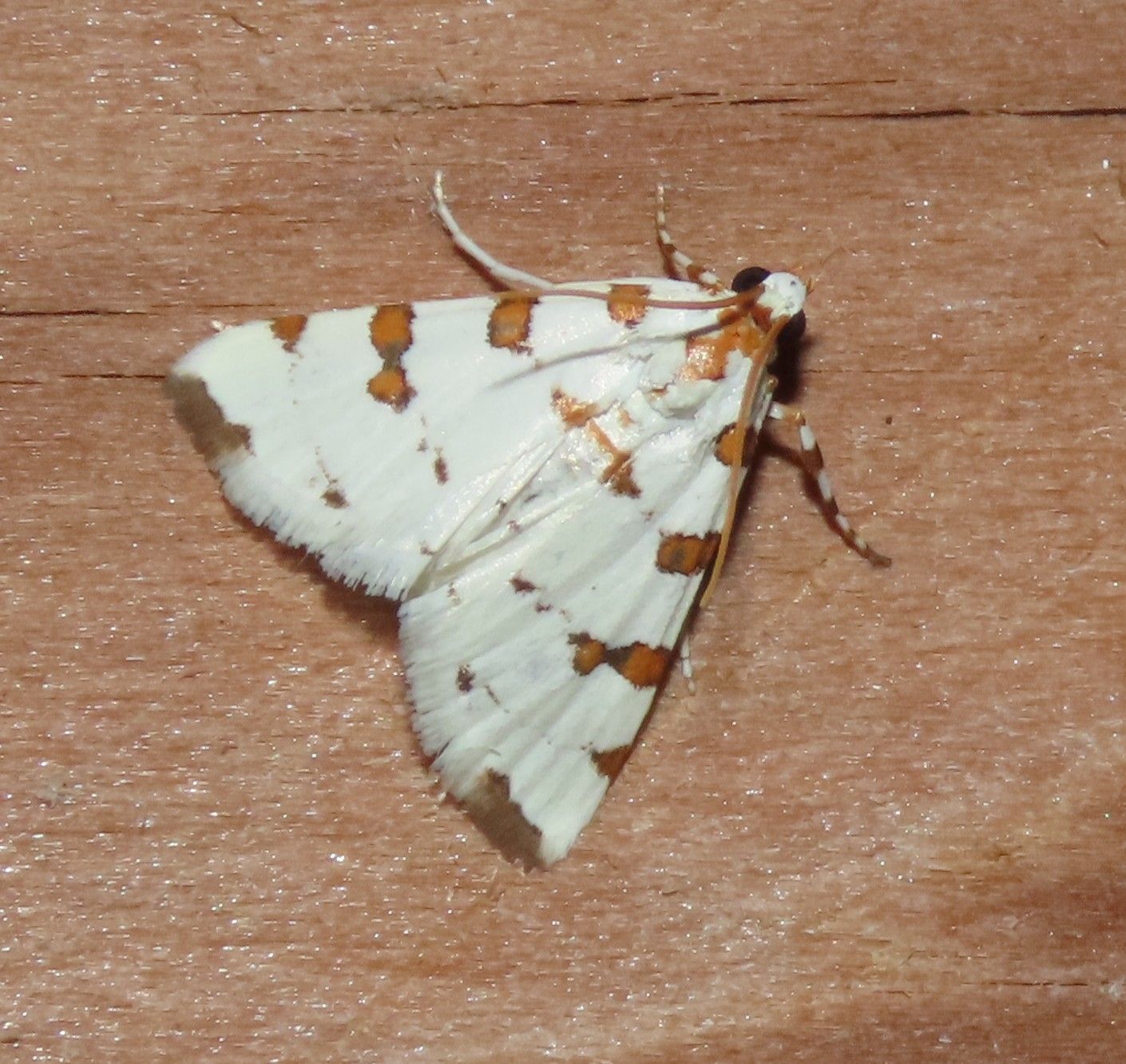
Eight-barred Lygropia (Conchylodes octonalis)
A creamy/snowy white moth with bold orange spots along the costa, edged in brown, that look black until illuminated! Also has a dark brown patch on the outer edge of the terminal area. Recorded mainly June - August, with records in April and October.

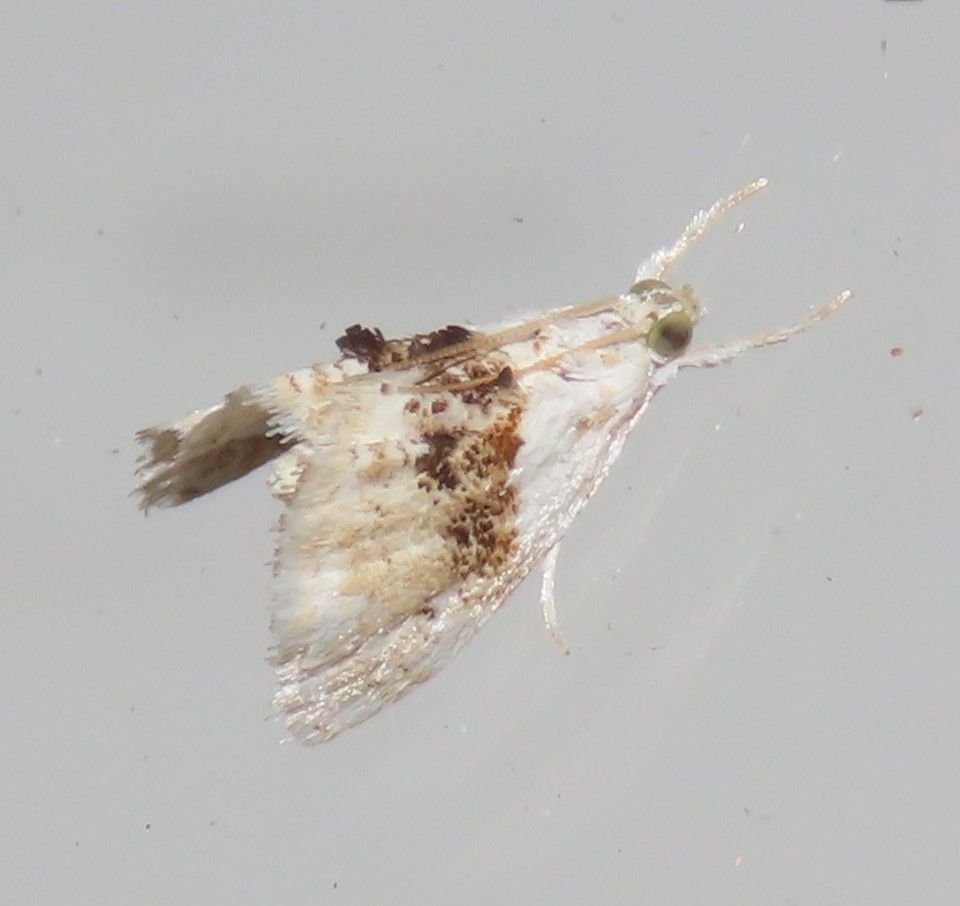
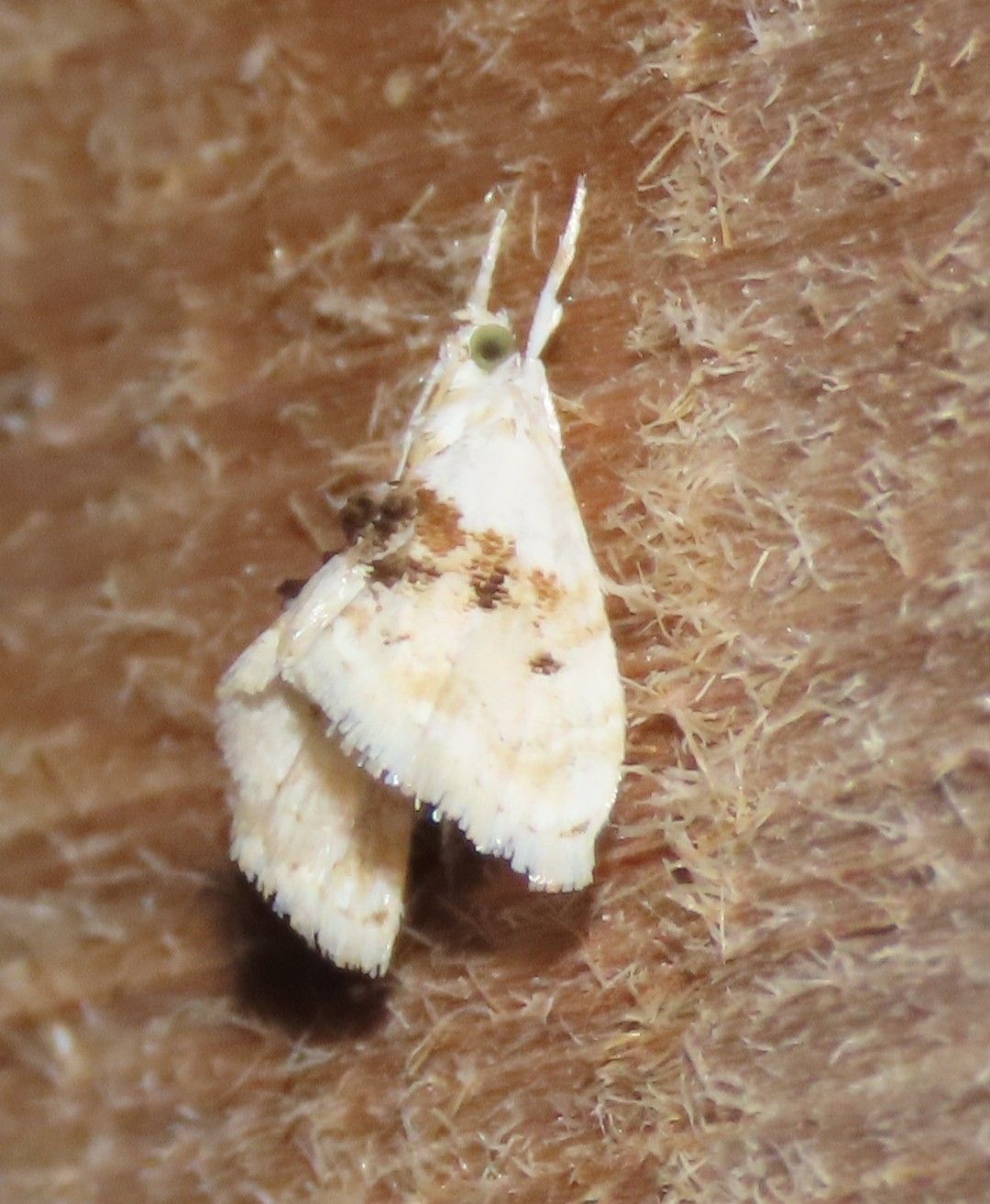
Exposed Lipocosma (Lipocosma septa)
This tiny white moth has a mottled brown band across the median area; some images show more brown in the ST area, but all the individuals I've seen in the LRGV look like the bugs pictured above. They are very similar to the extra-limital Brown-banded Lipocosma (L. sicalis) but the Exposed will often show a dark discal spot in the median area. Recorded July to September, with records in April.
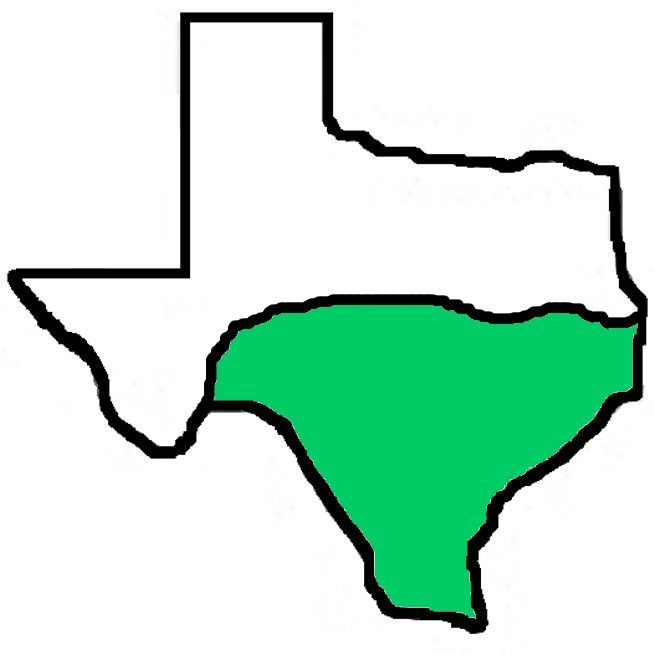
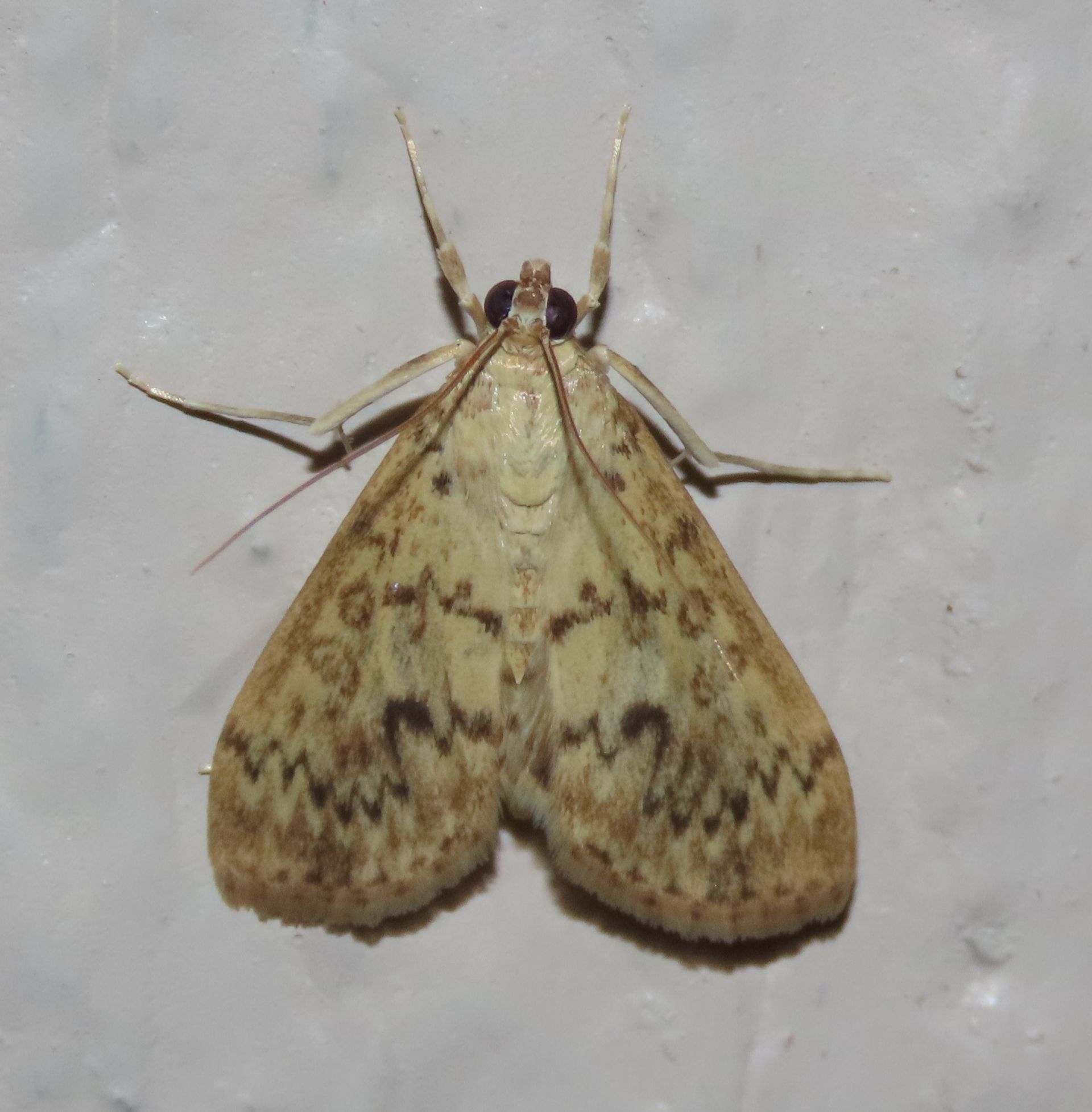
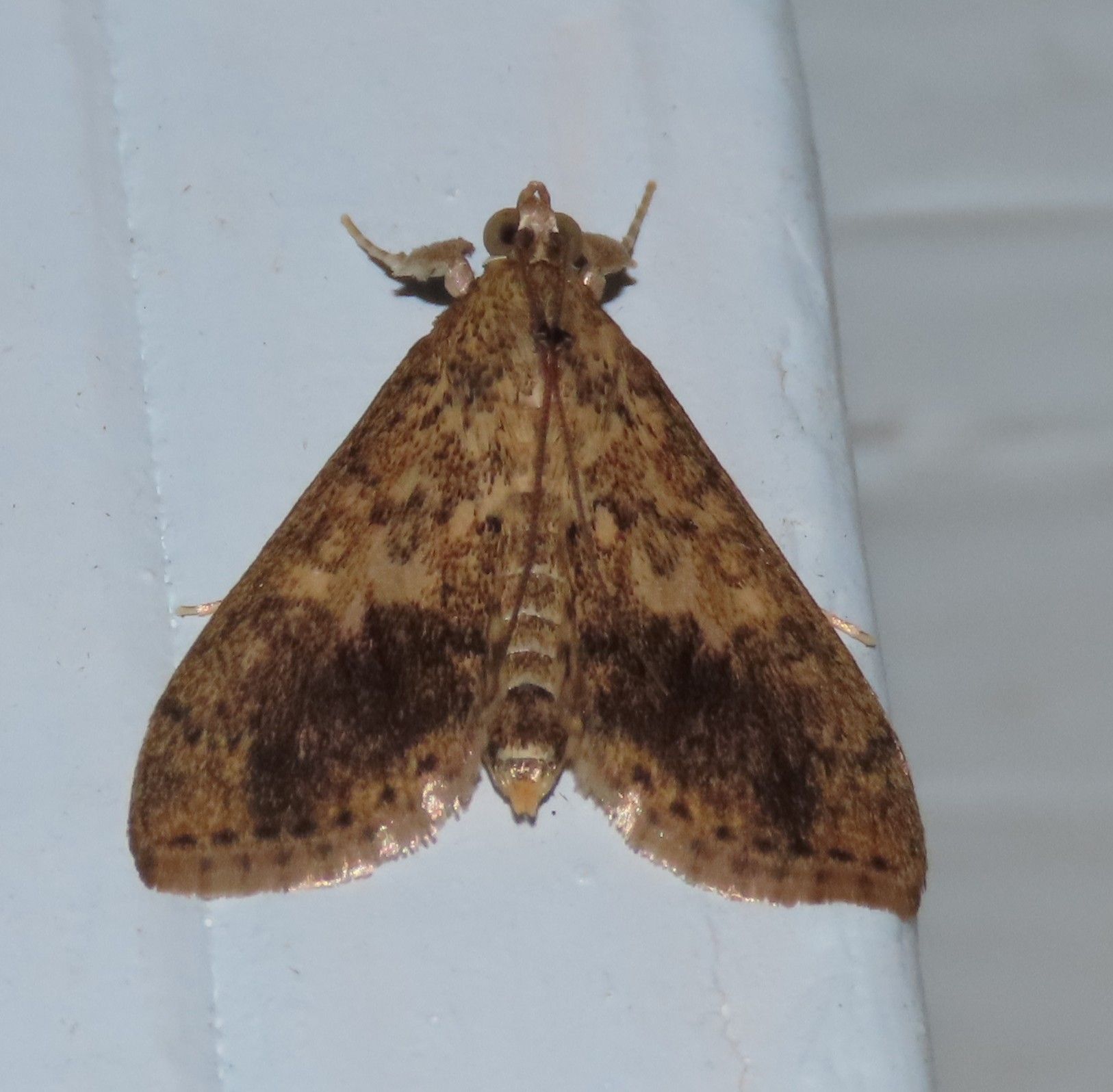
Bougainvillea Caterpillar Moth (Asciodes quietalis)
A golden moth with rather rounded forewings. The best clue, when present, is the dark brown smudgy area in the distal half of the wing. Otherwise, the dark, toothy PM line that bulges upward, and the hollow orbicular and reniform spots are helpful field marks. Recorded August - January.
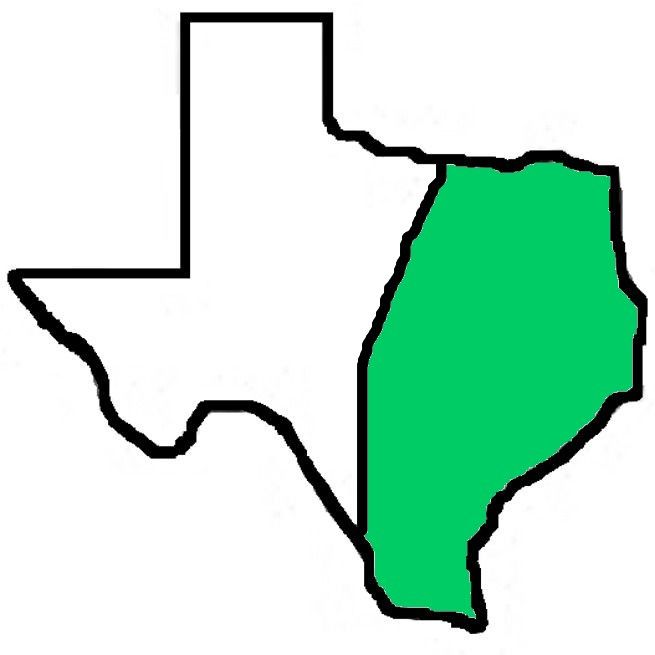
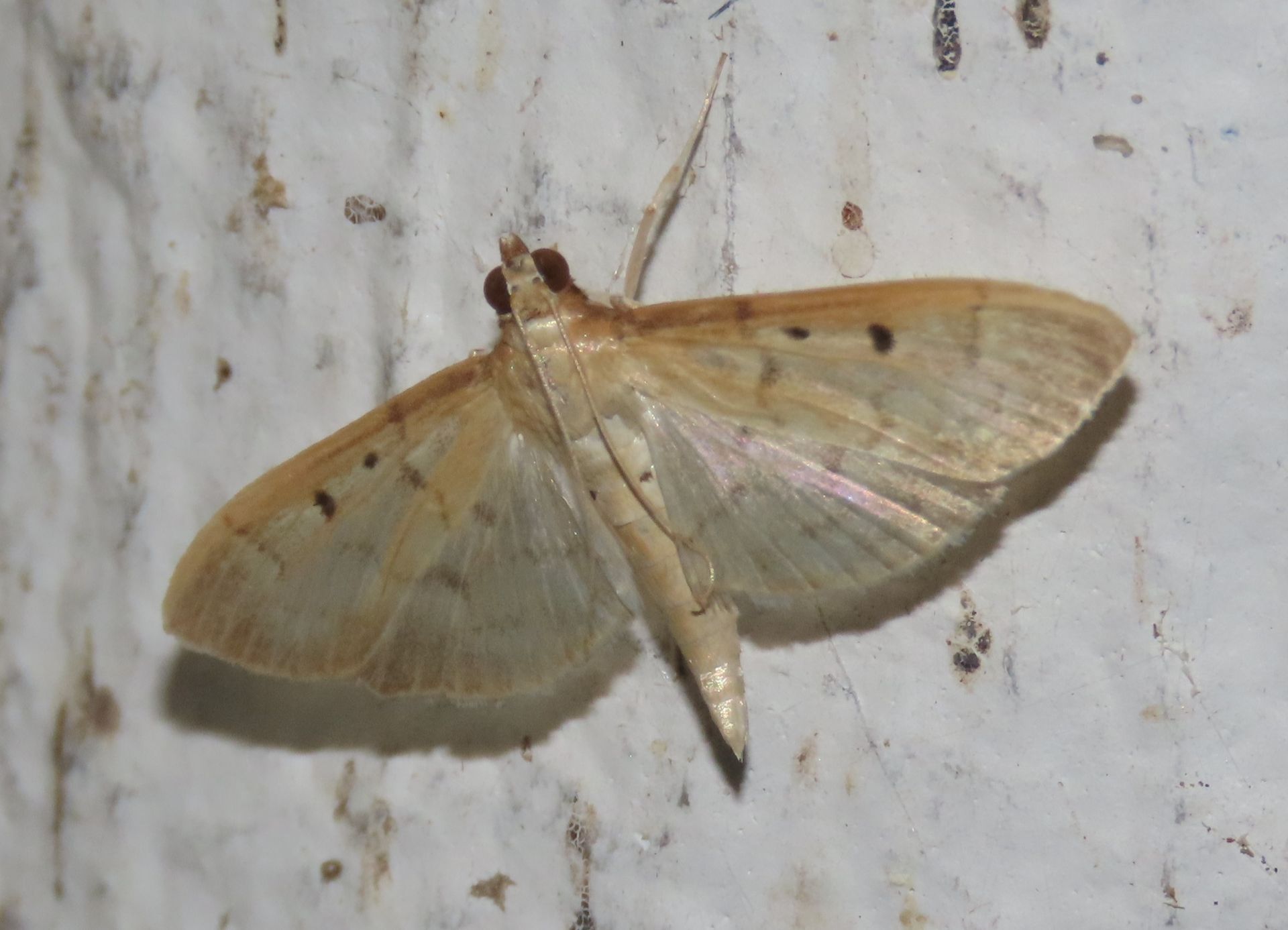
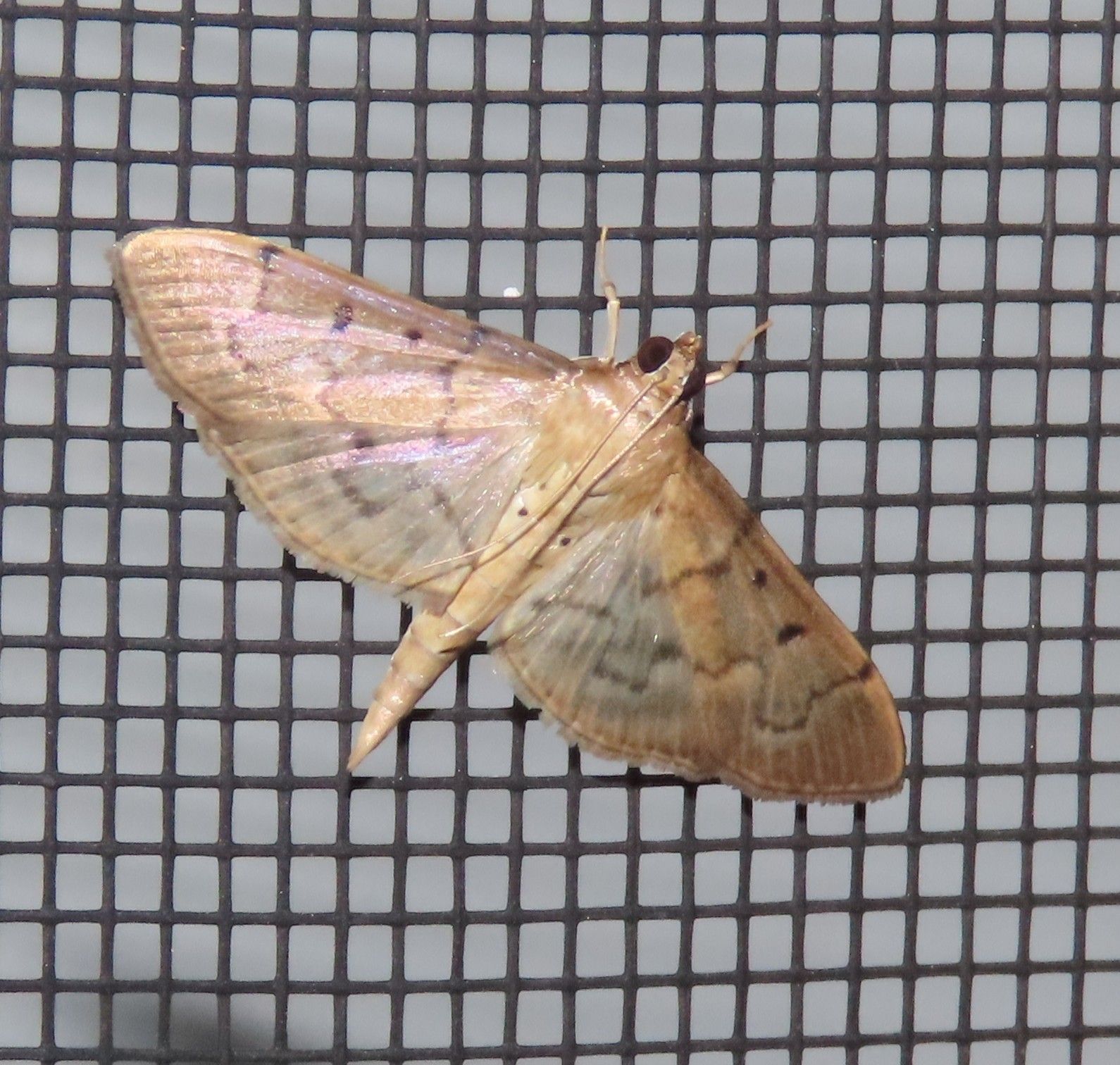
Two-spotted Herpetogramma (Herpetogramma bipunctalis)
Also known as Southern Beet Webworm, the name actually refers to the two spots in the middle of the abdomen, even though the two spots on the forewing are more conspicuous! The crazy wavy PM line is not always visible. Recorded July - August and October - March.

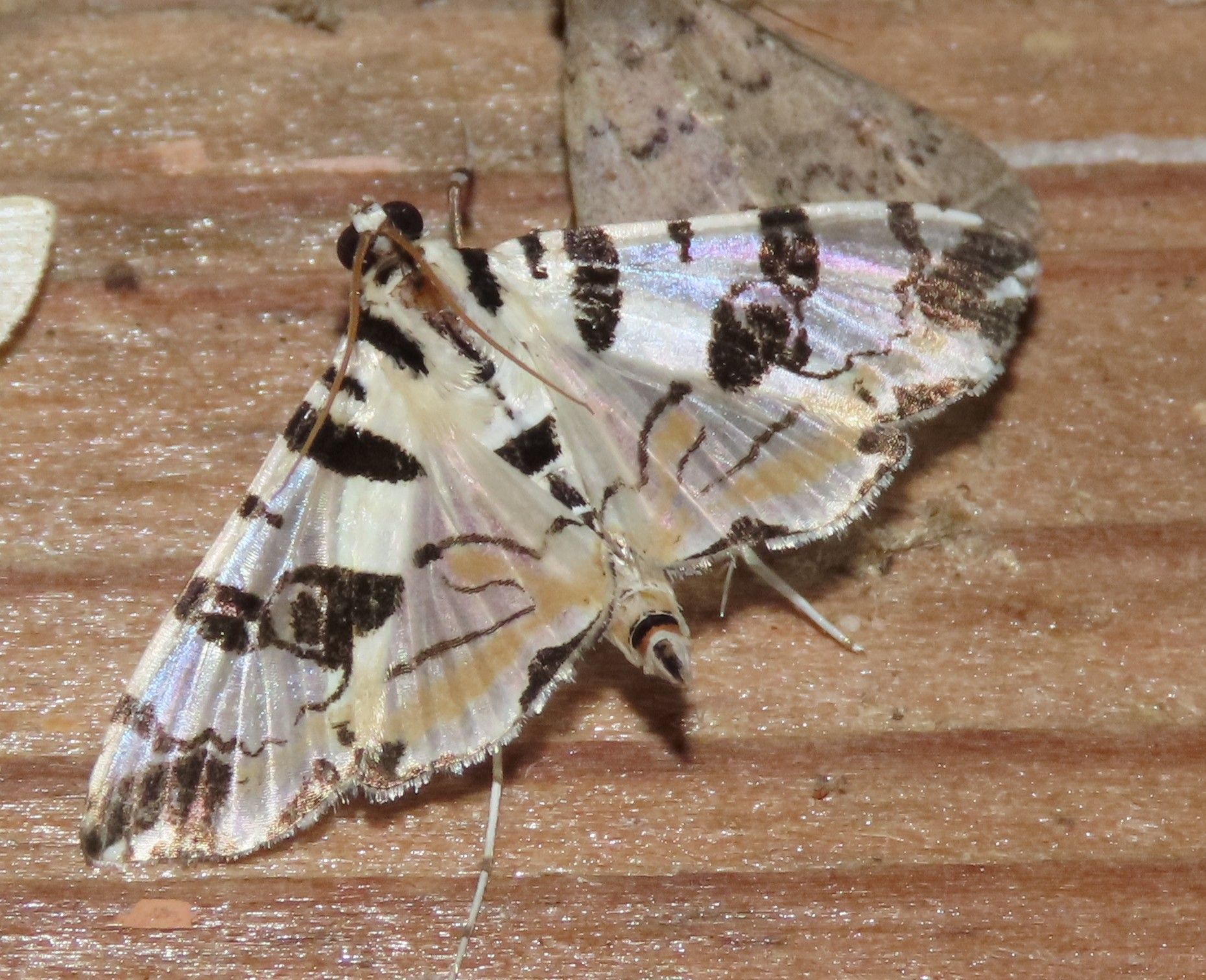
Blush Conchylodes (Conchylodes salamisalis)
Of the three "pied" species of Conchylodes that can be found in the LRGV, this one can be told by the thick black bands on the forewing (the other two have thin bands). This moth also has a yellowish "blush" on the hindwing. Recorded April - October.

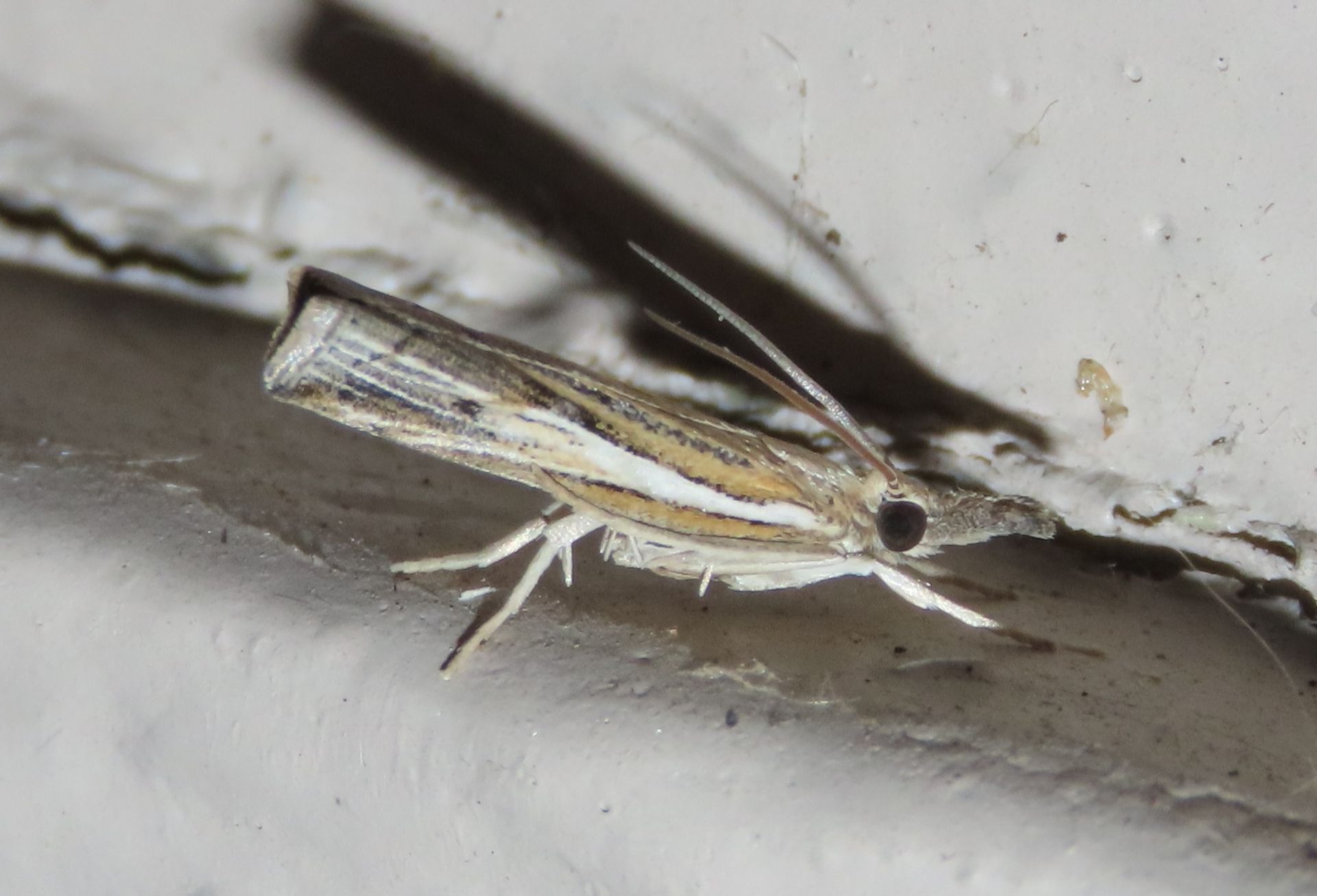
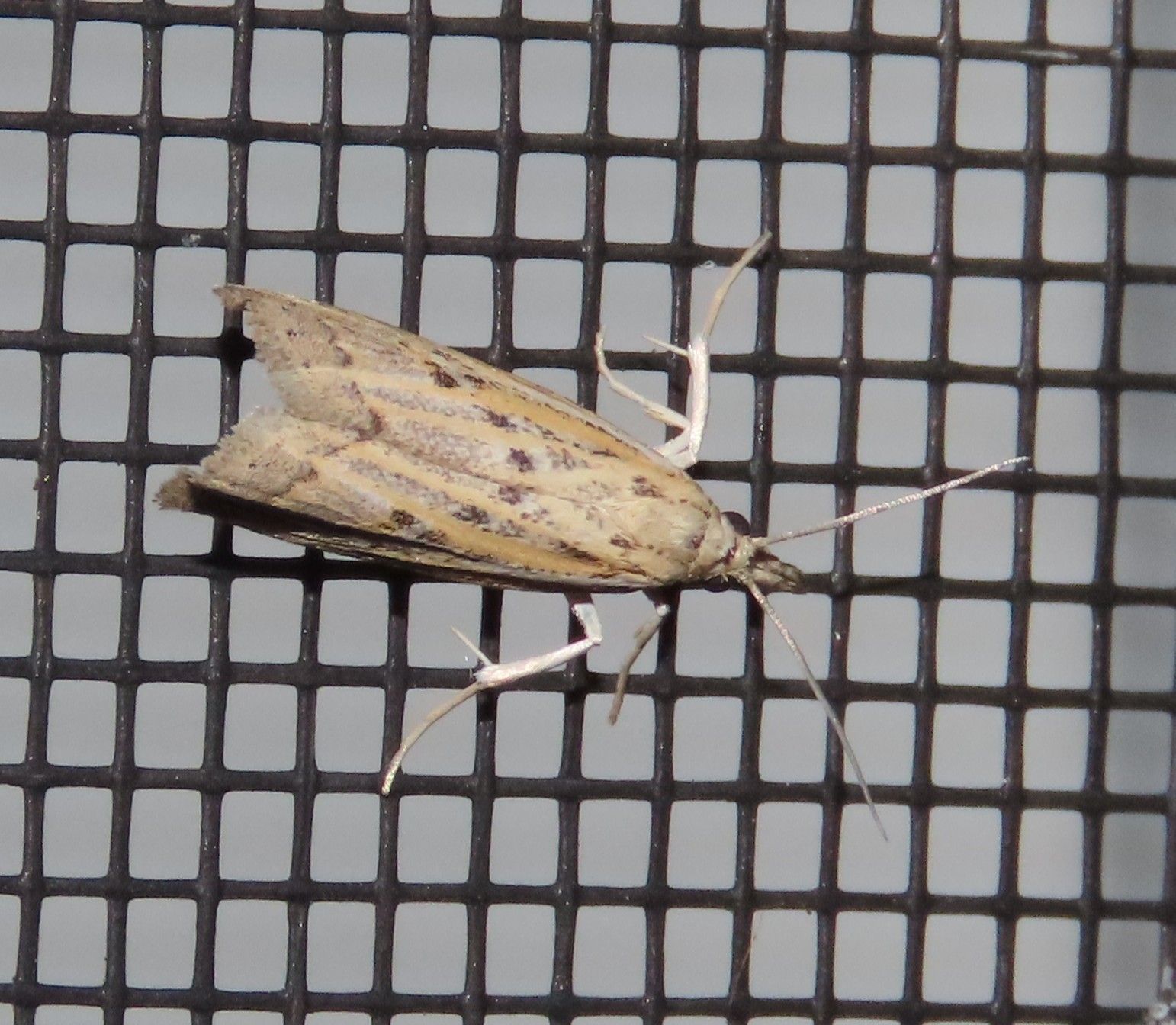
Four-noted Grass Veneer (Fissicrambus quadrinotellus)
Easily confused with the more common Profane Grass Veneer, the white side stripe on this species flares out into thin white rays towards the terminal area, and the back shows a distinct pattern of dark spots, unlike the odd stripes and blotches that other grass veneers can show. Recorded July - March.

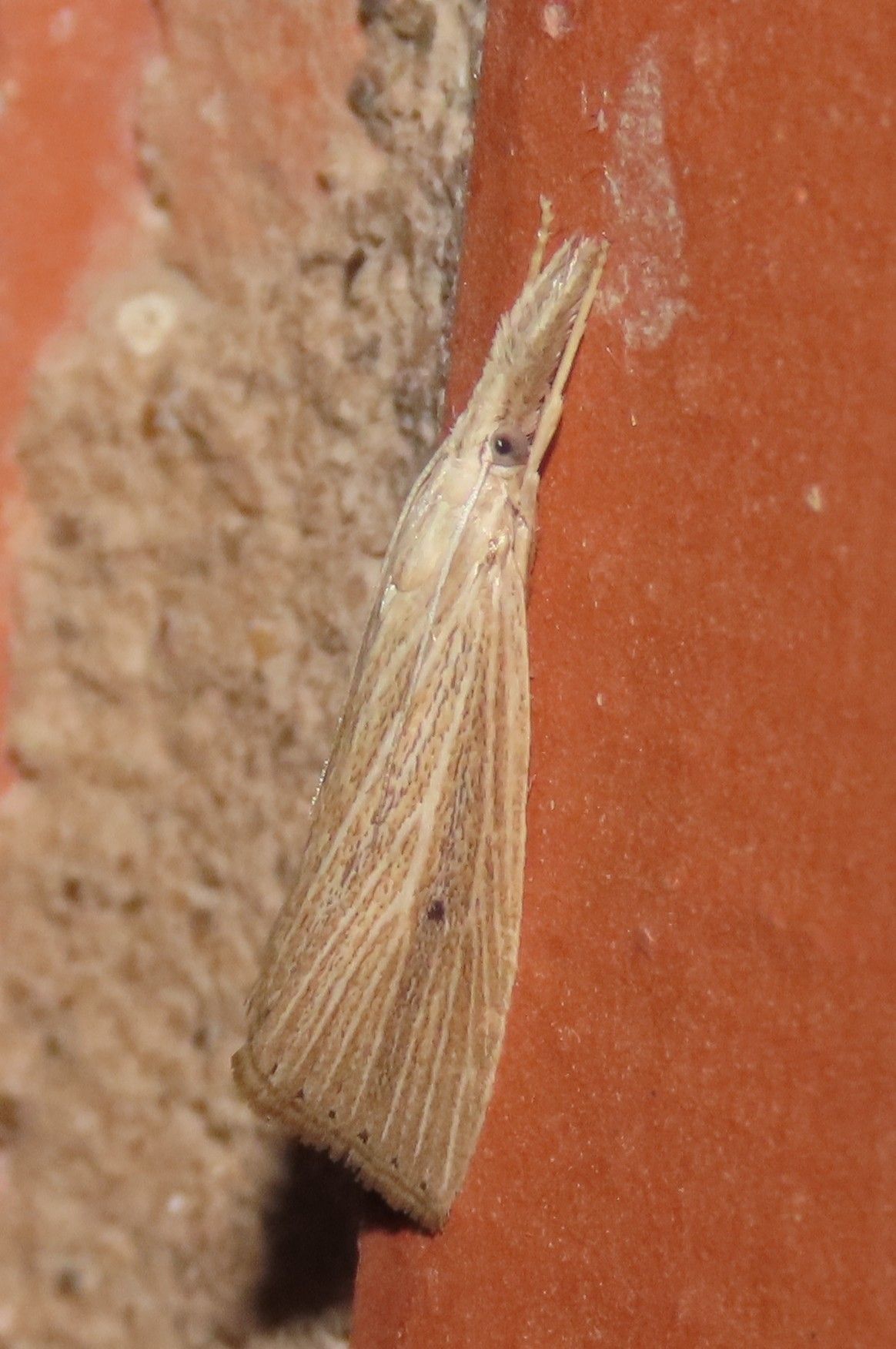
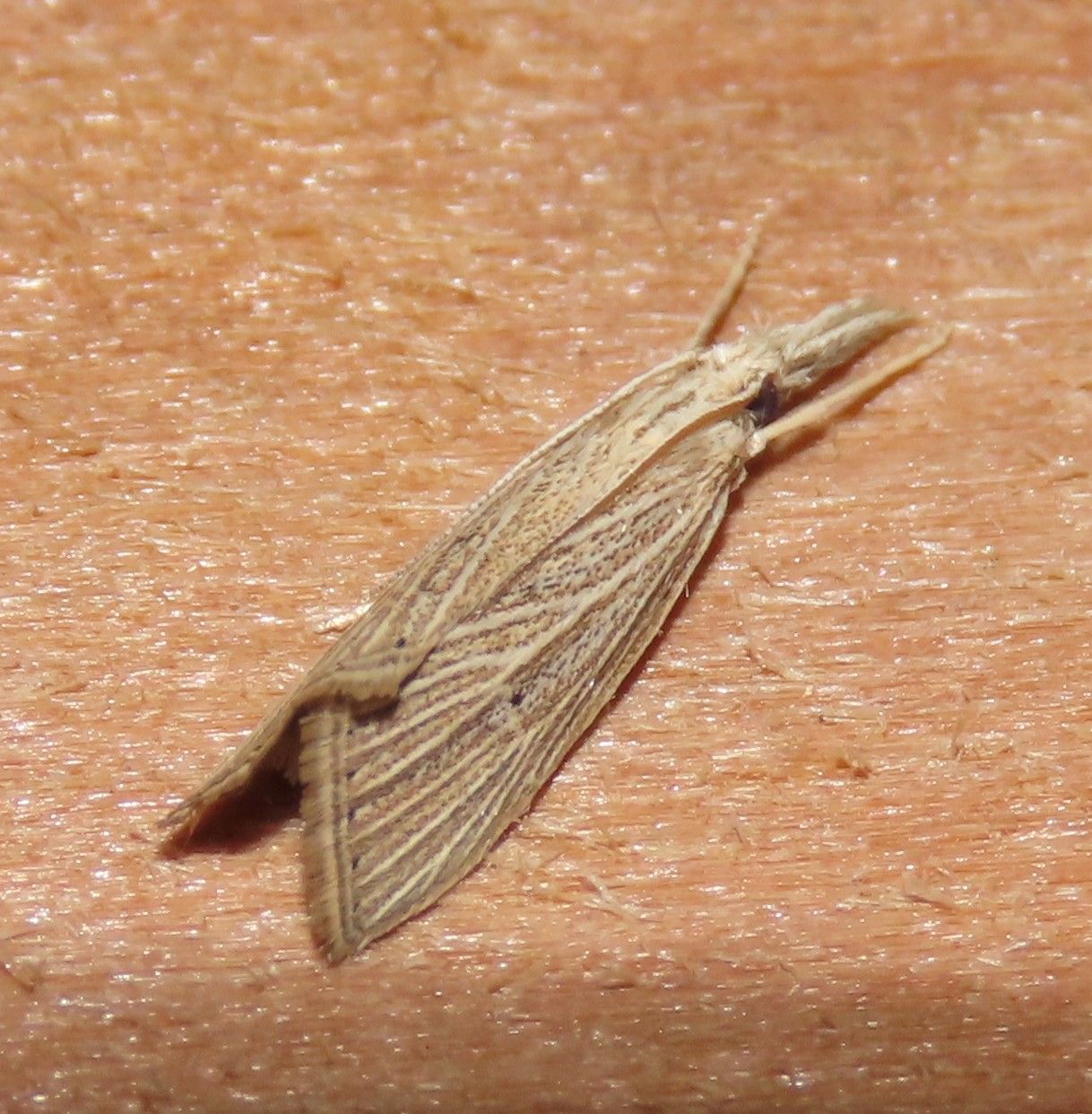
Wainscot Grass Veneer (Eoreuma densellus)
This arrow-shaped grass veneer is easily told by its sandy brown coloration and whitish veining, highlighted by a small black discal spot in the median area of the forewing. The areas between the veins often have tiny dark streaks, often more prominent along the edging of the veins. The look-alike Mexican Rice Borer (Eoreuma loftini) shows a record in the LRGV, but despite studying the ID descriptions of the two species, I personally would not be able to tell them apart... Recorded May to December, with records in May.

